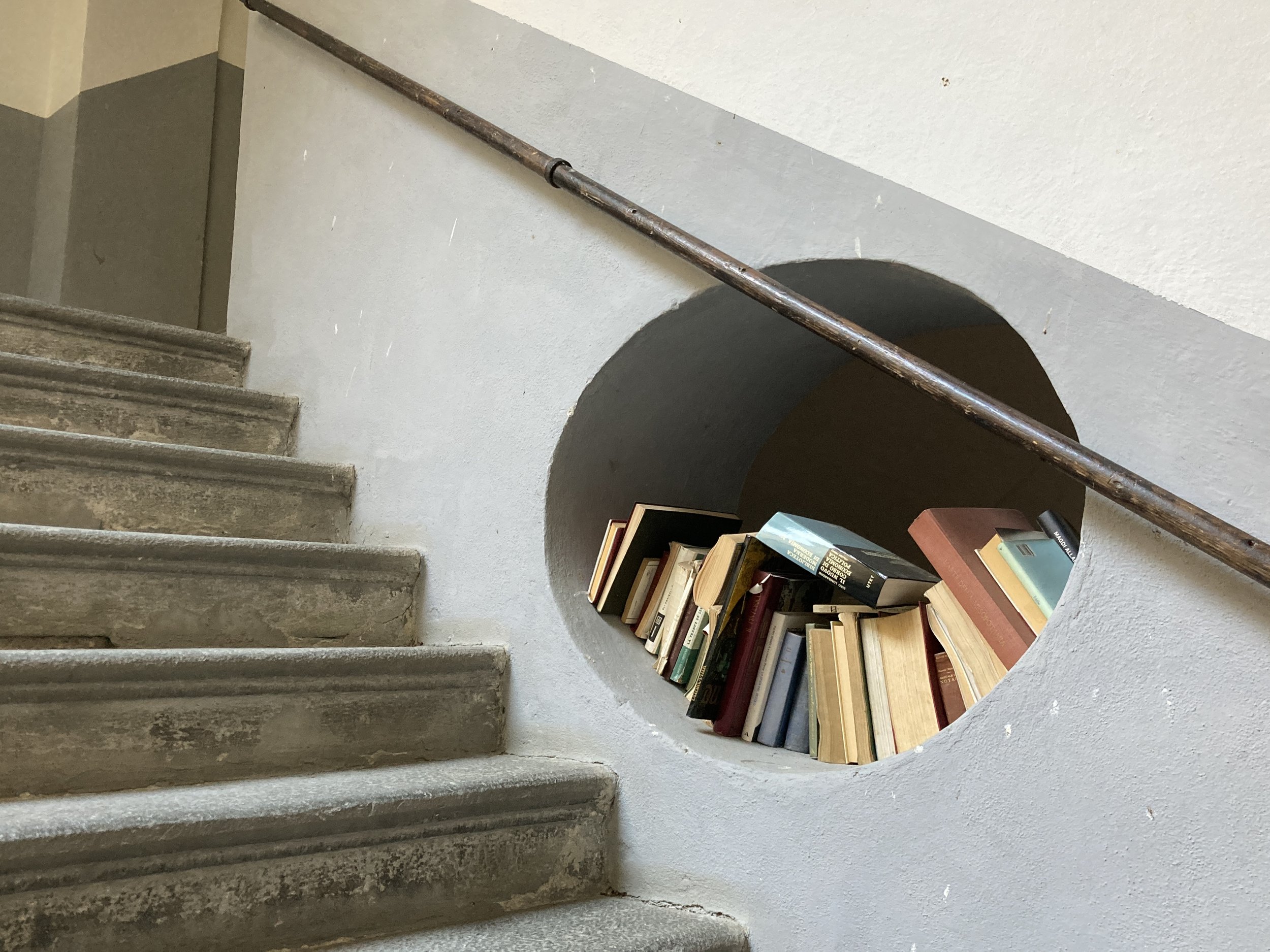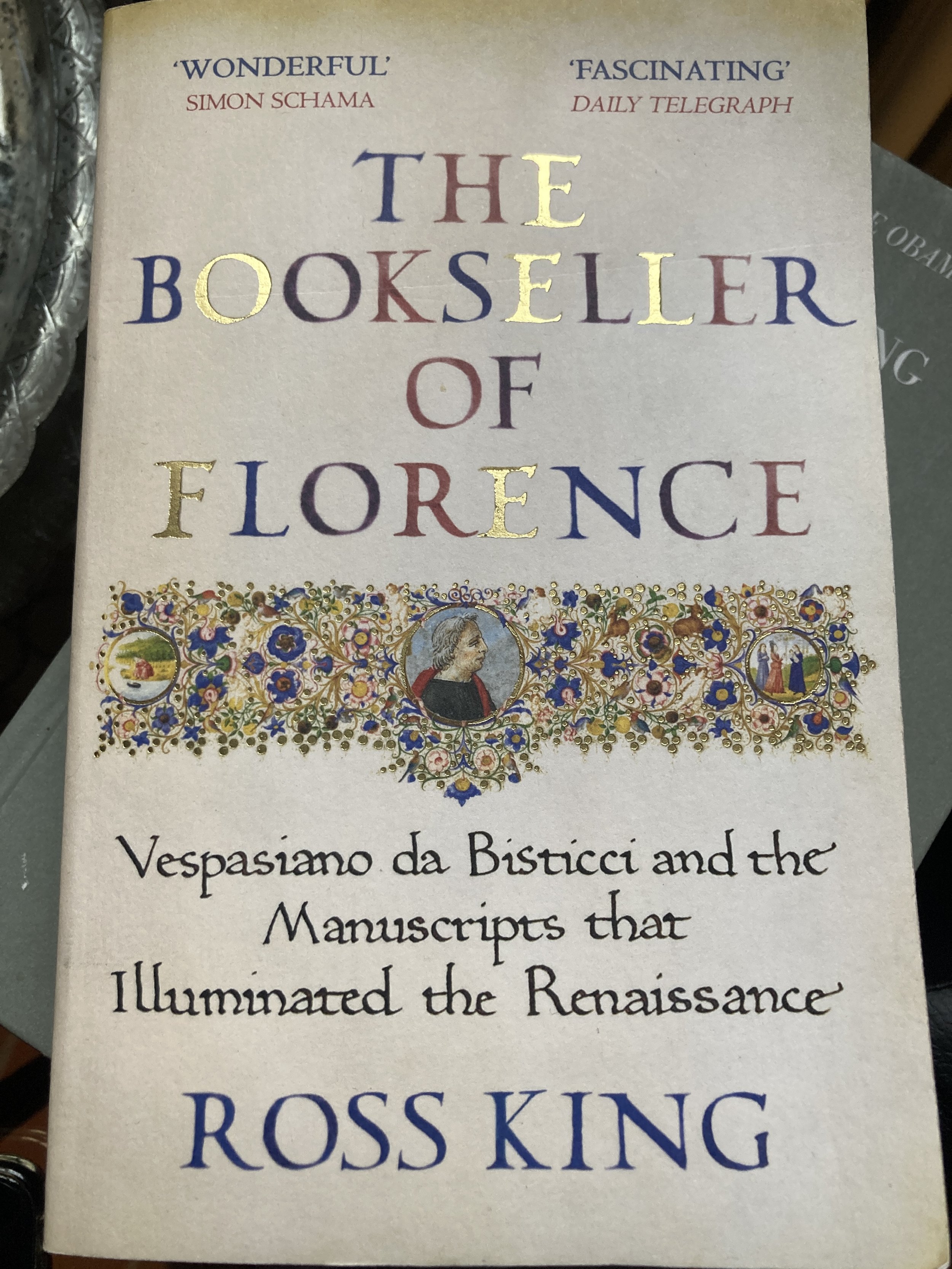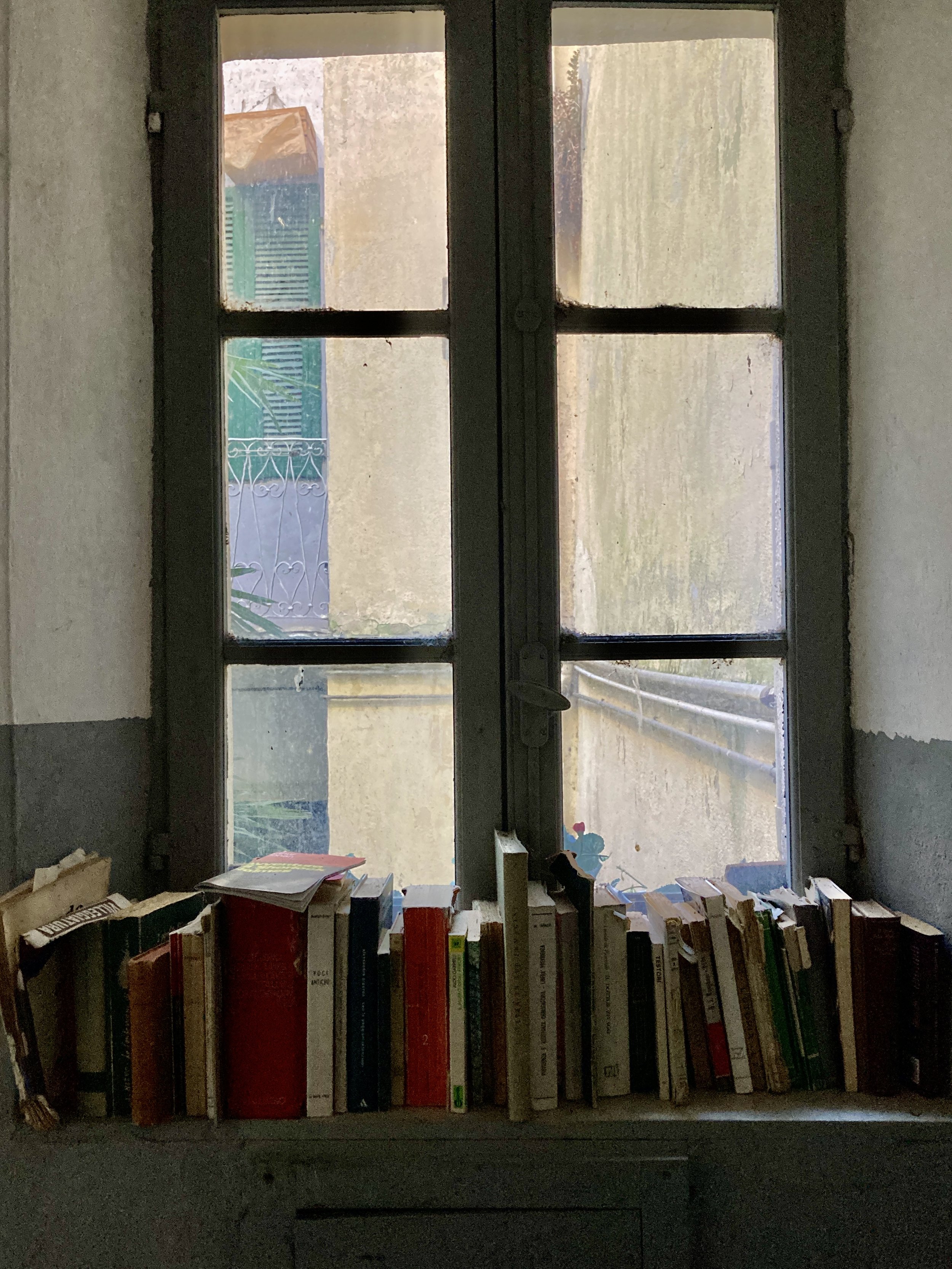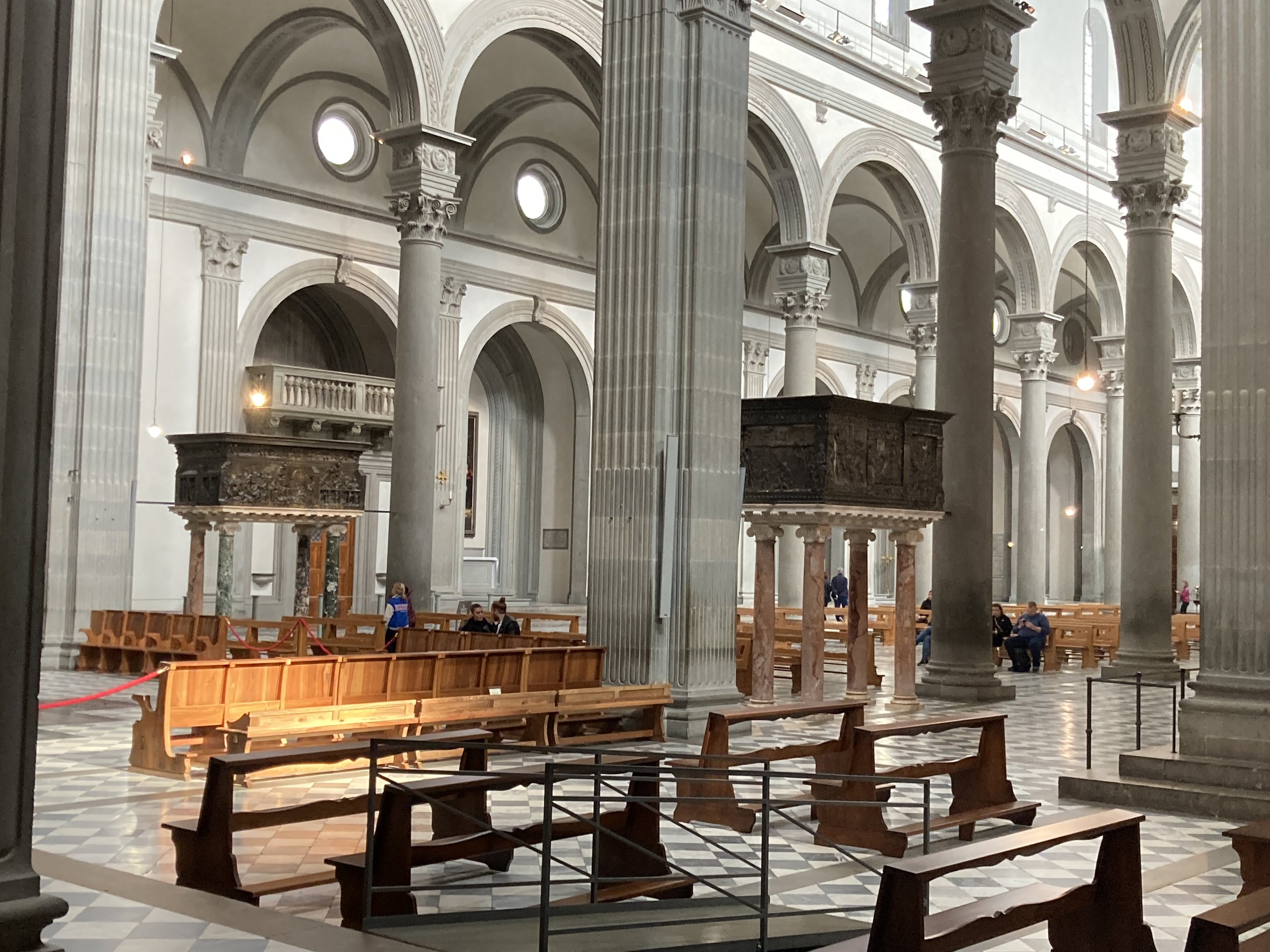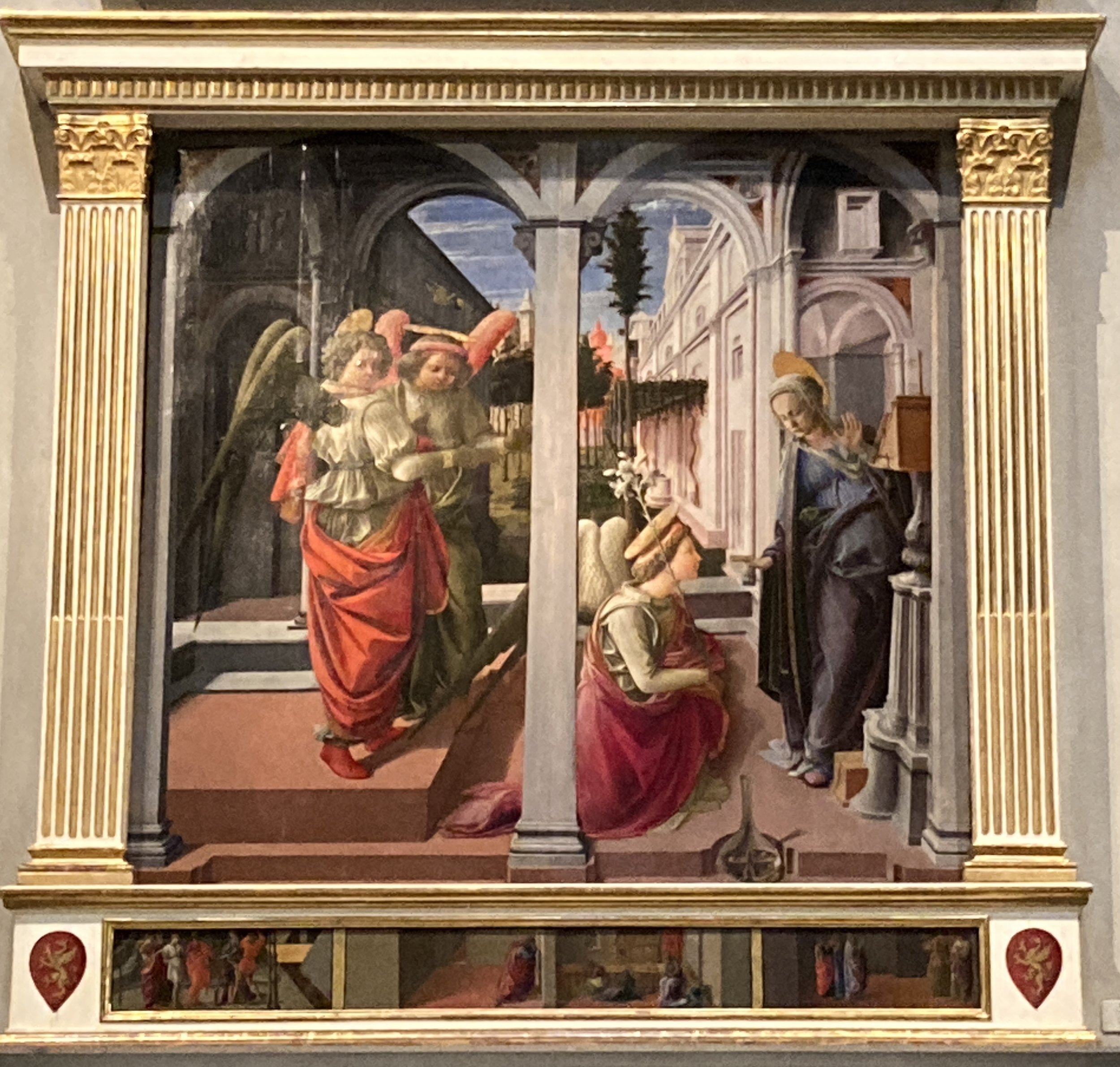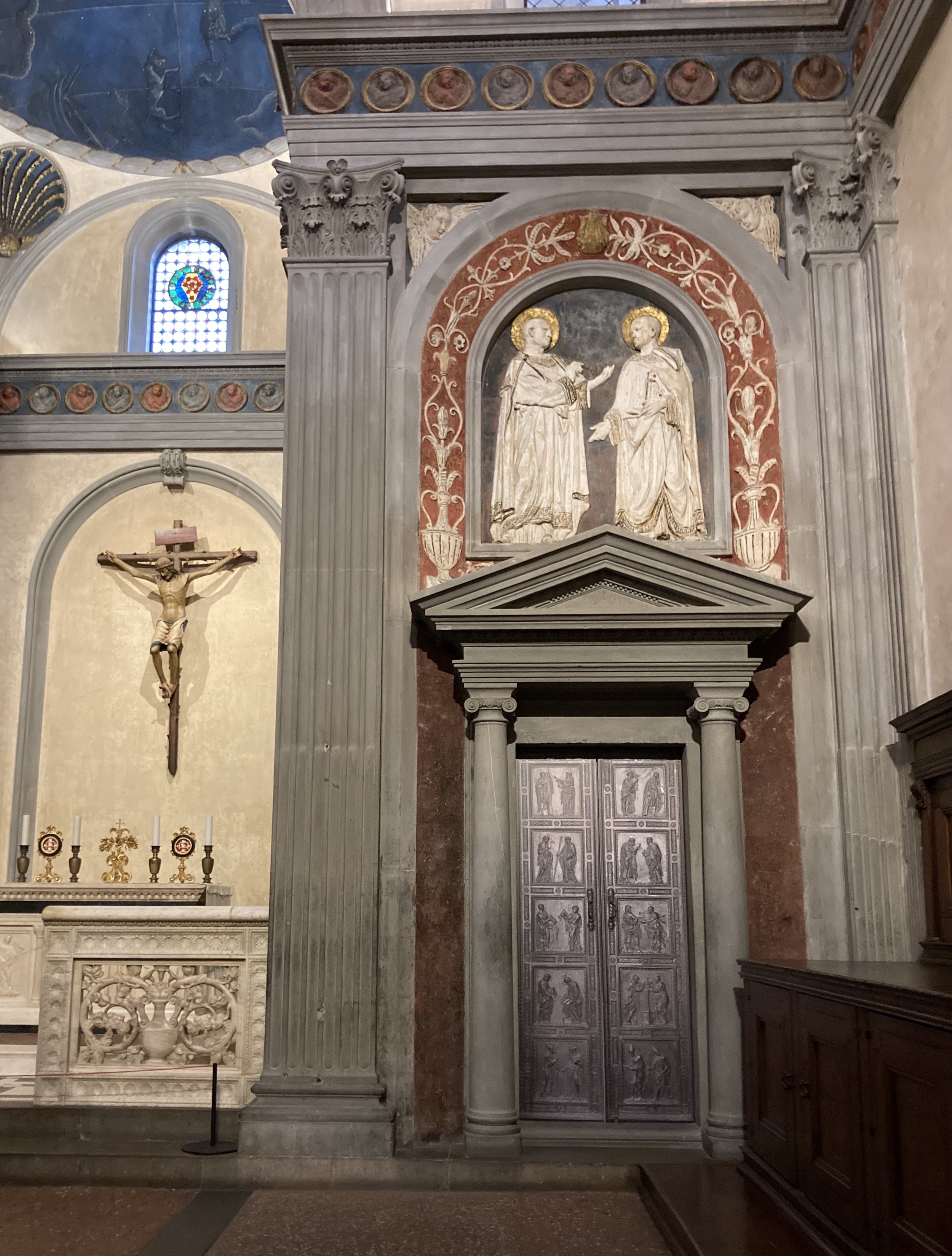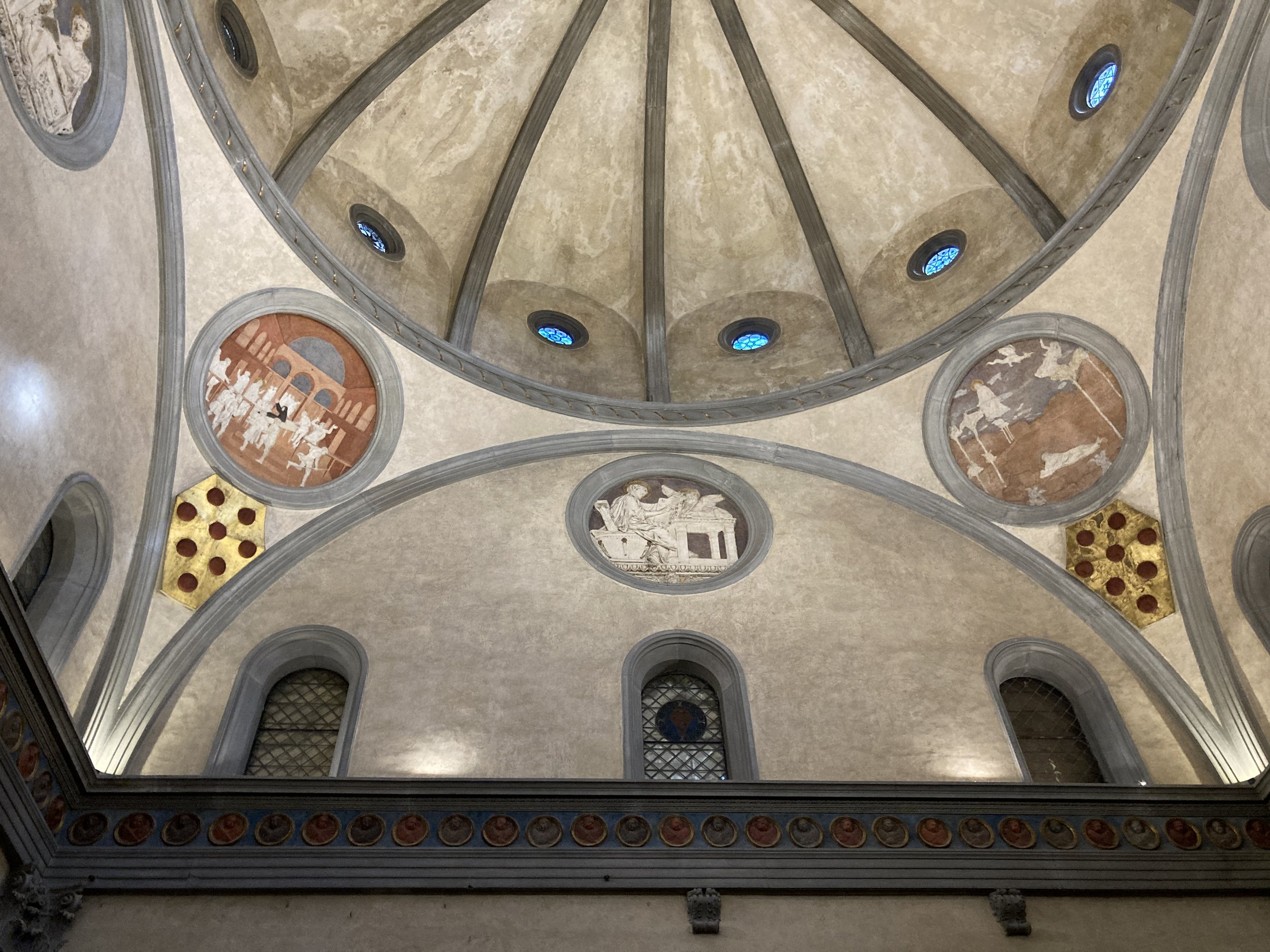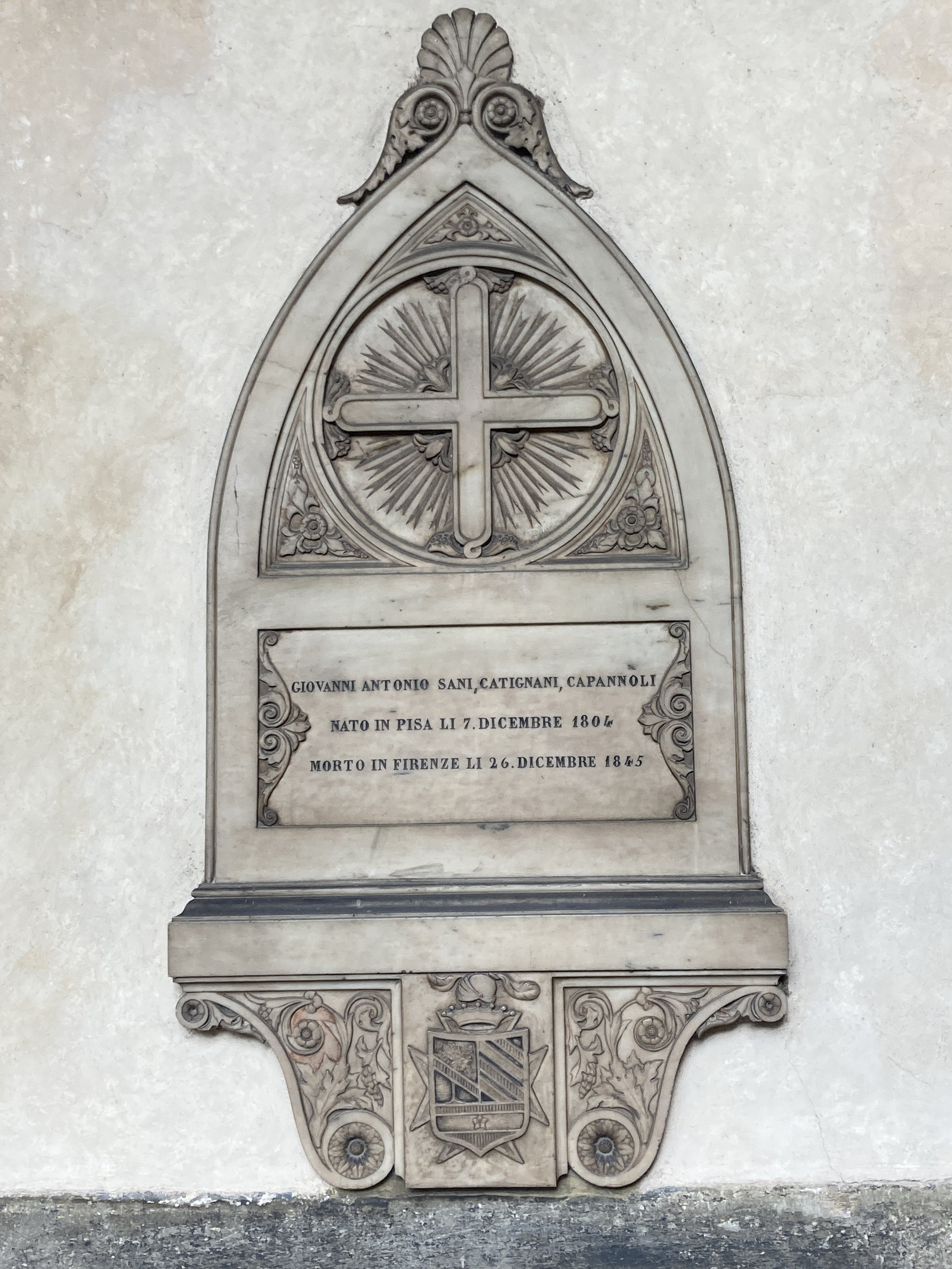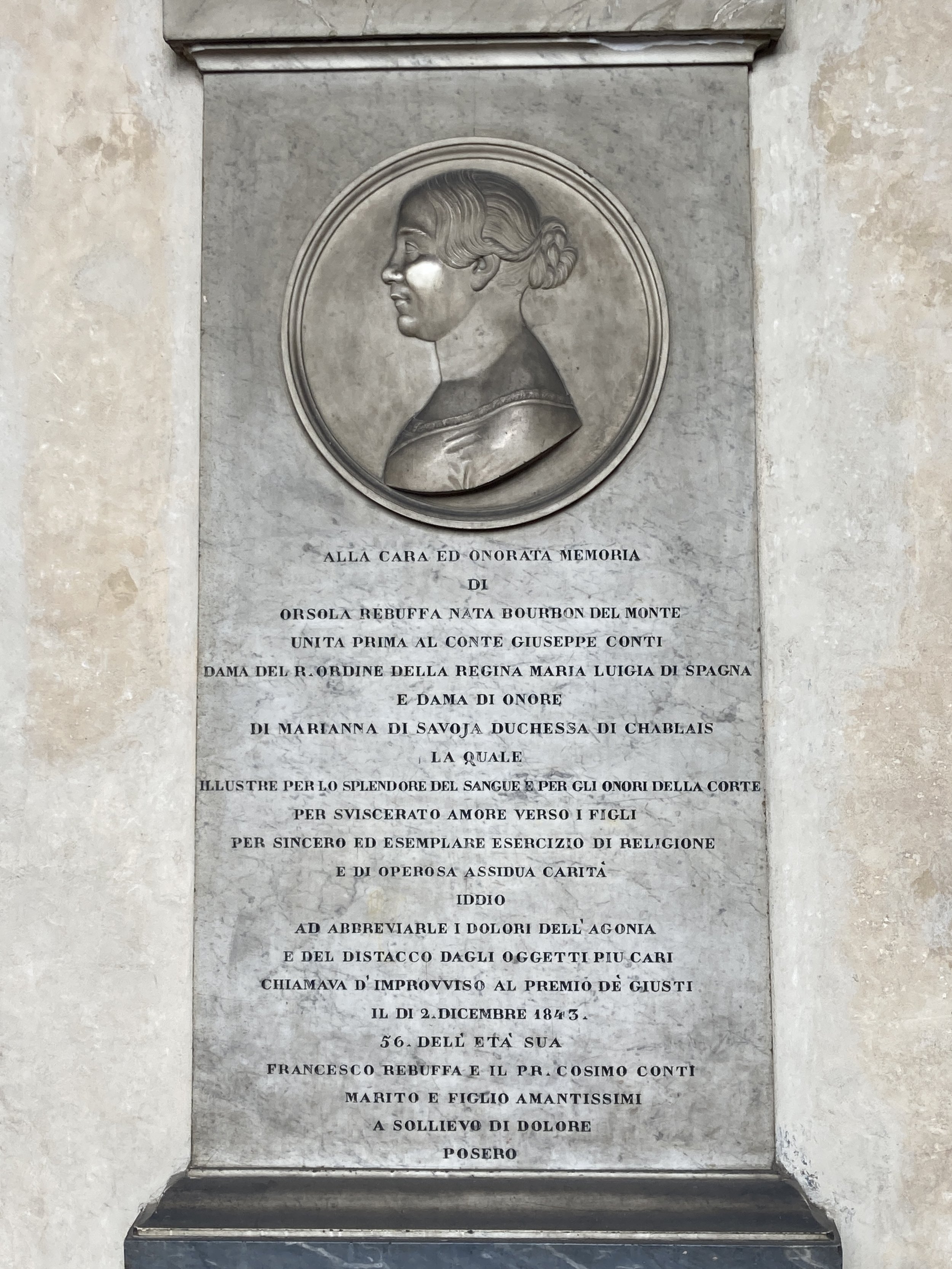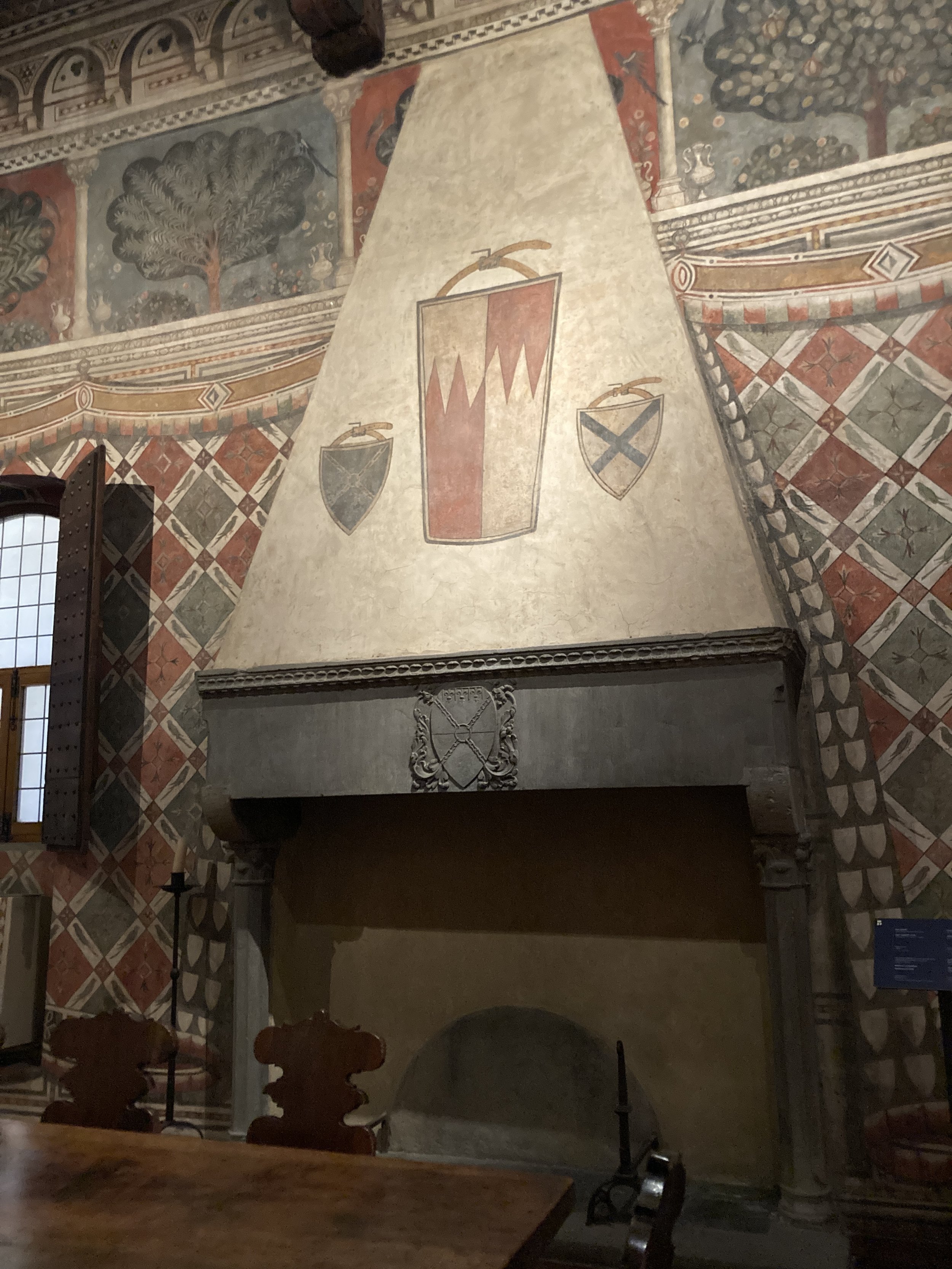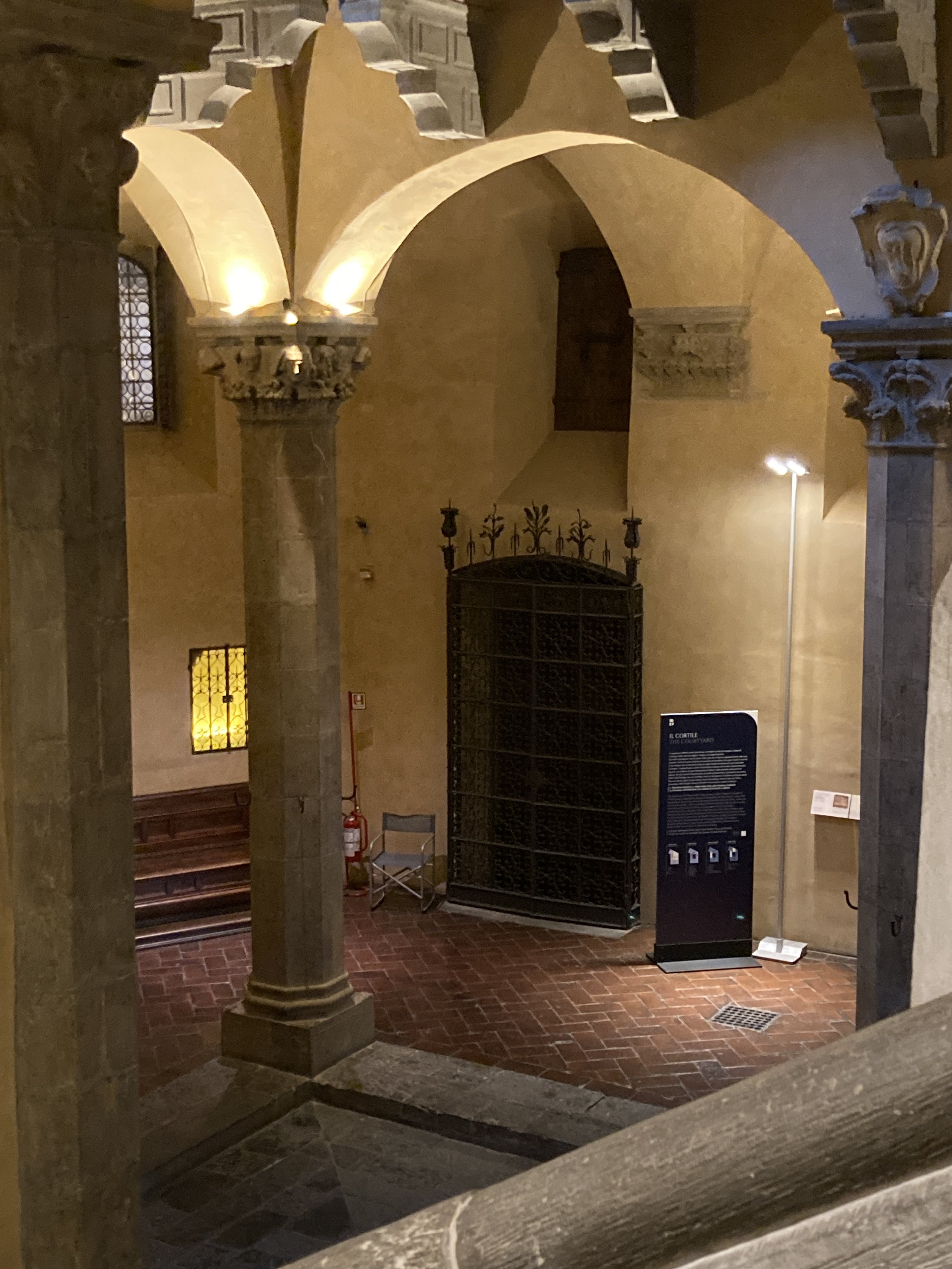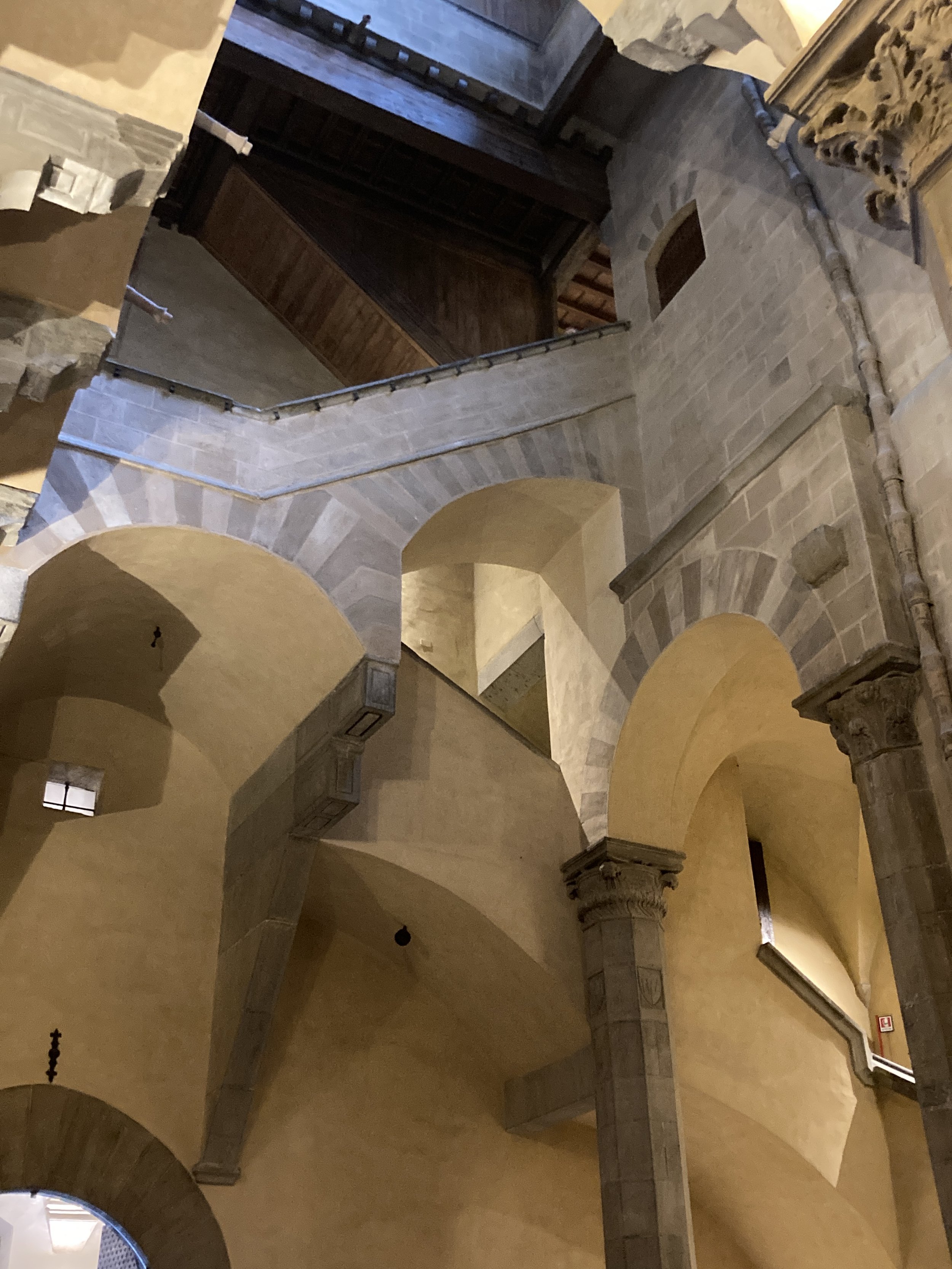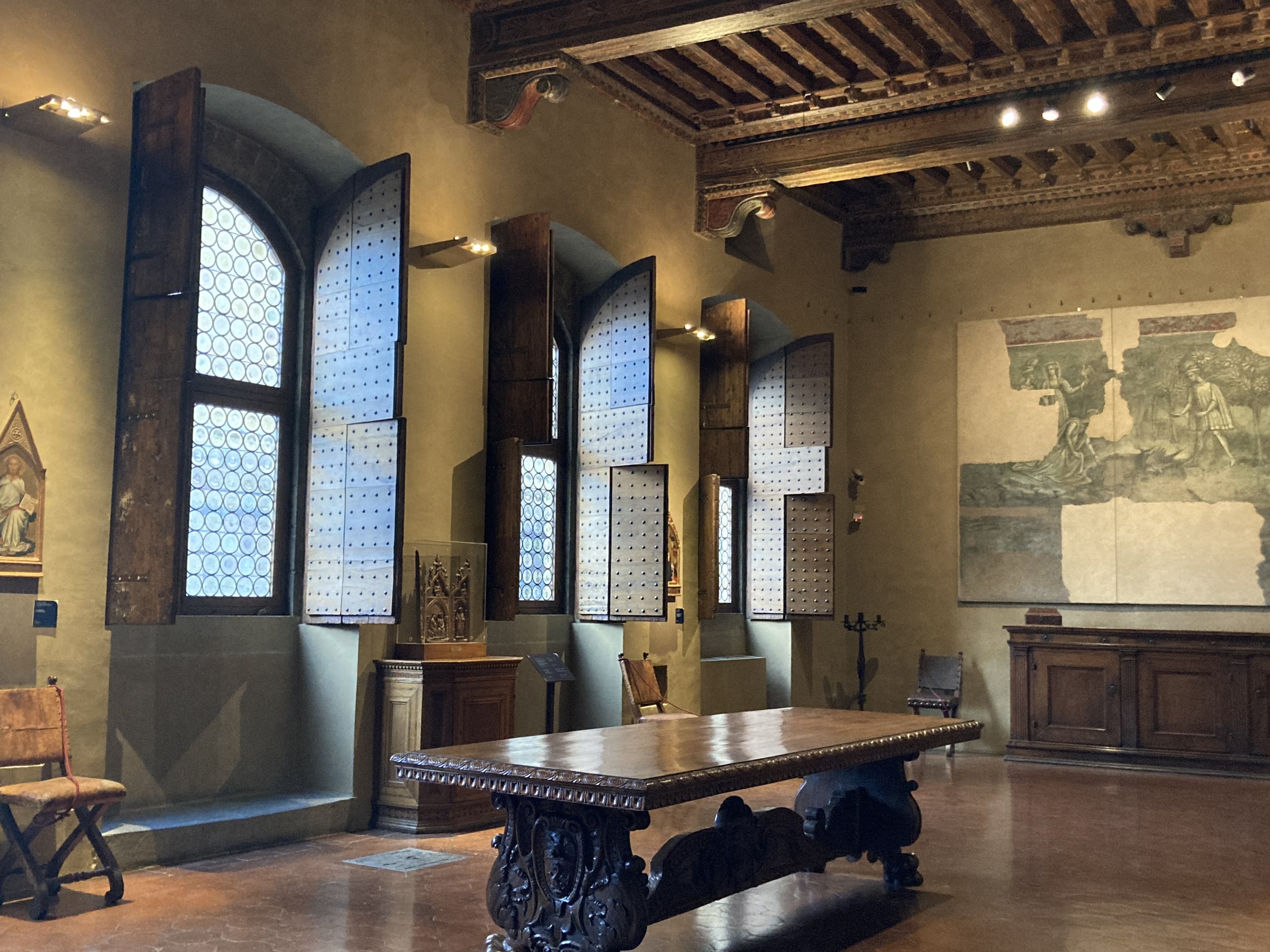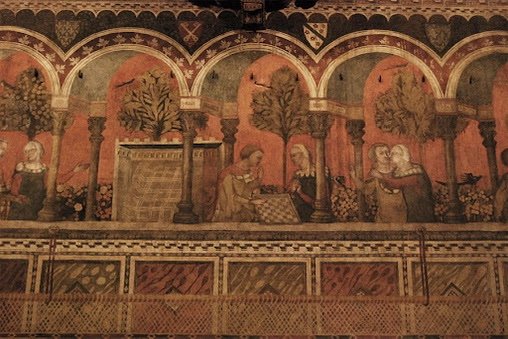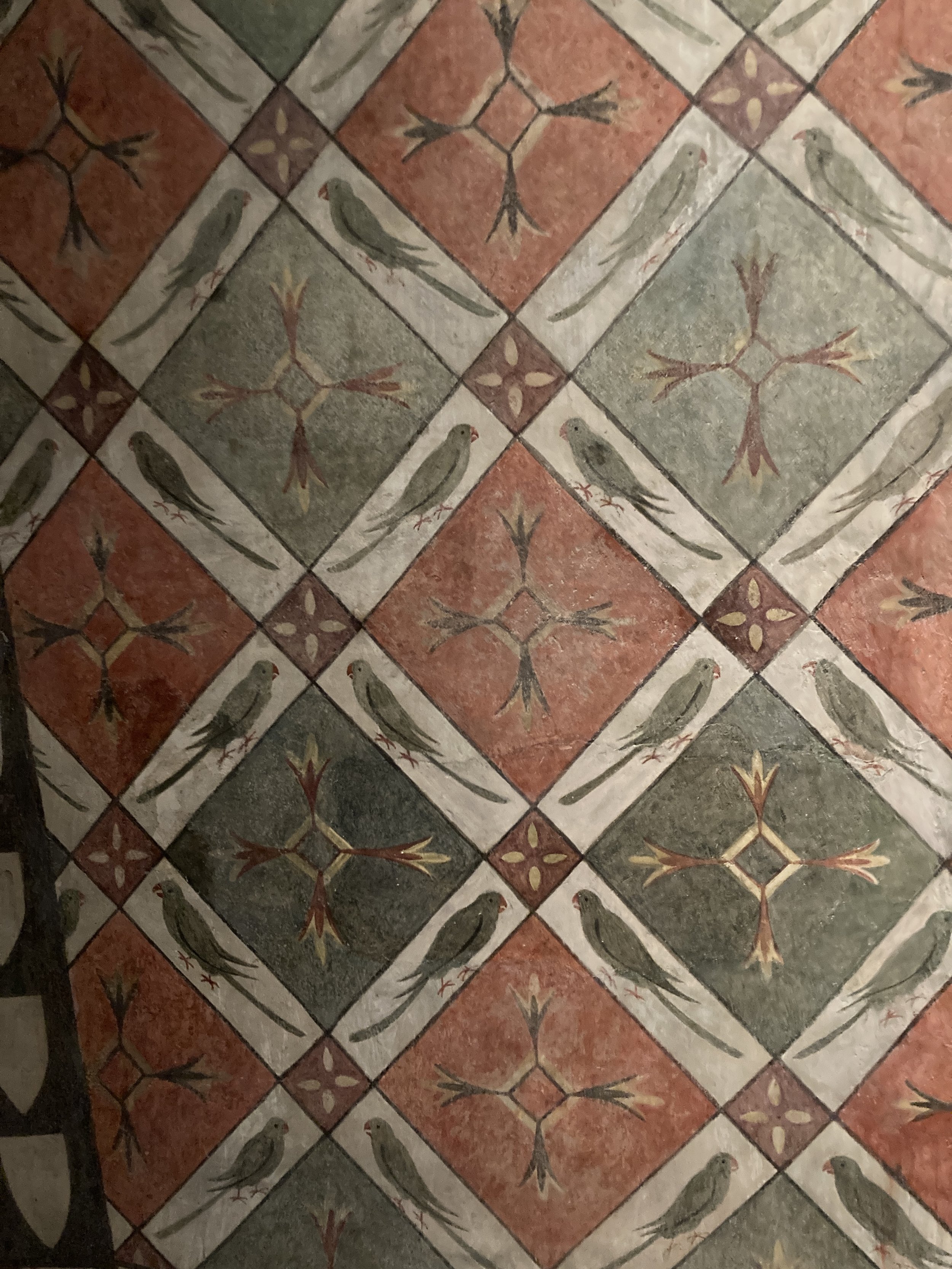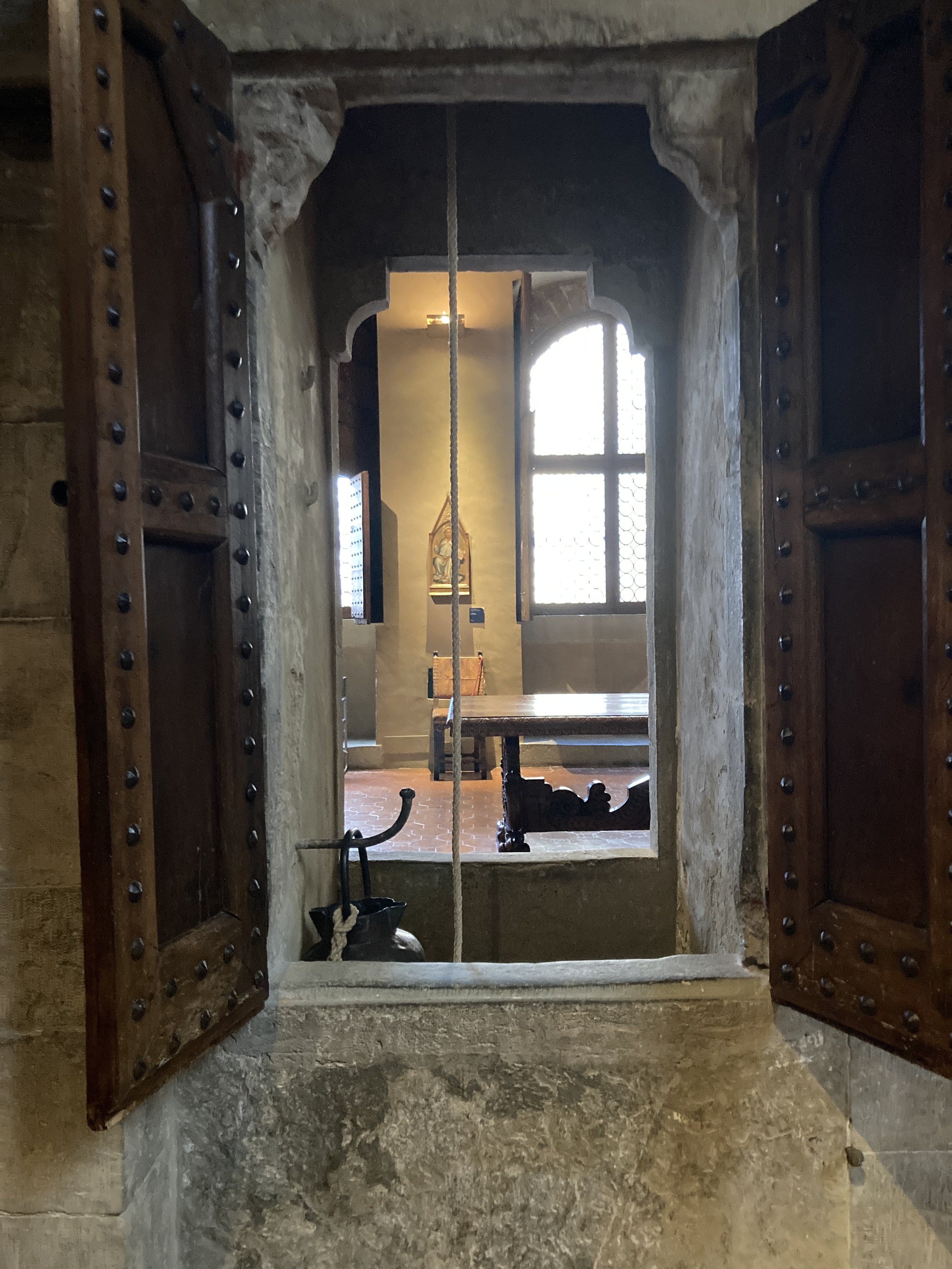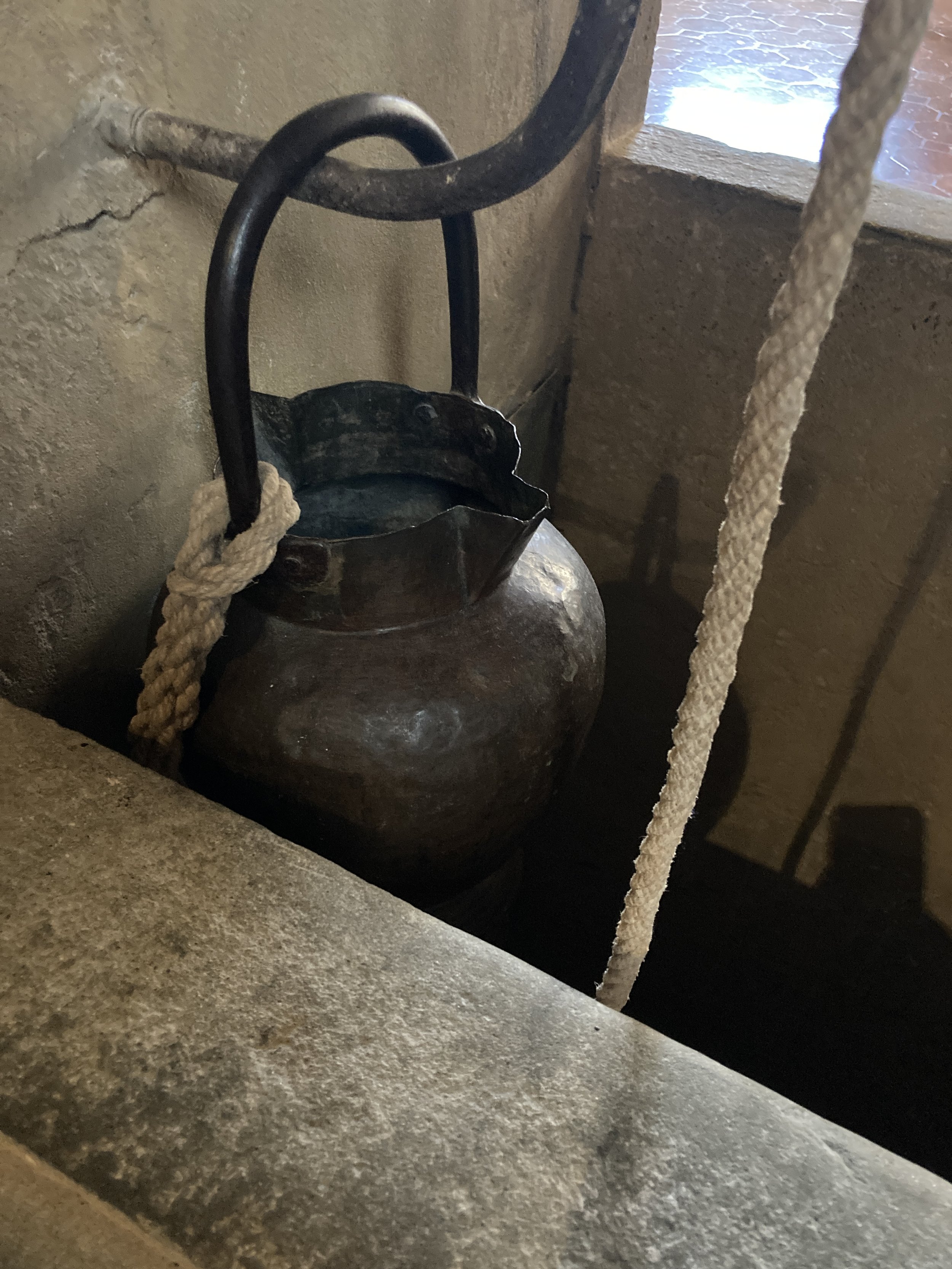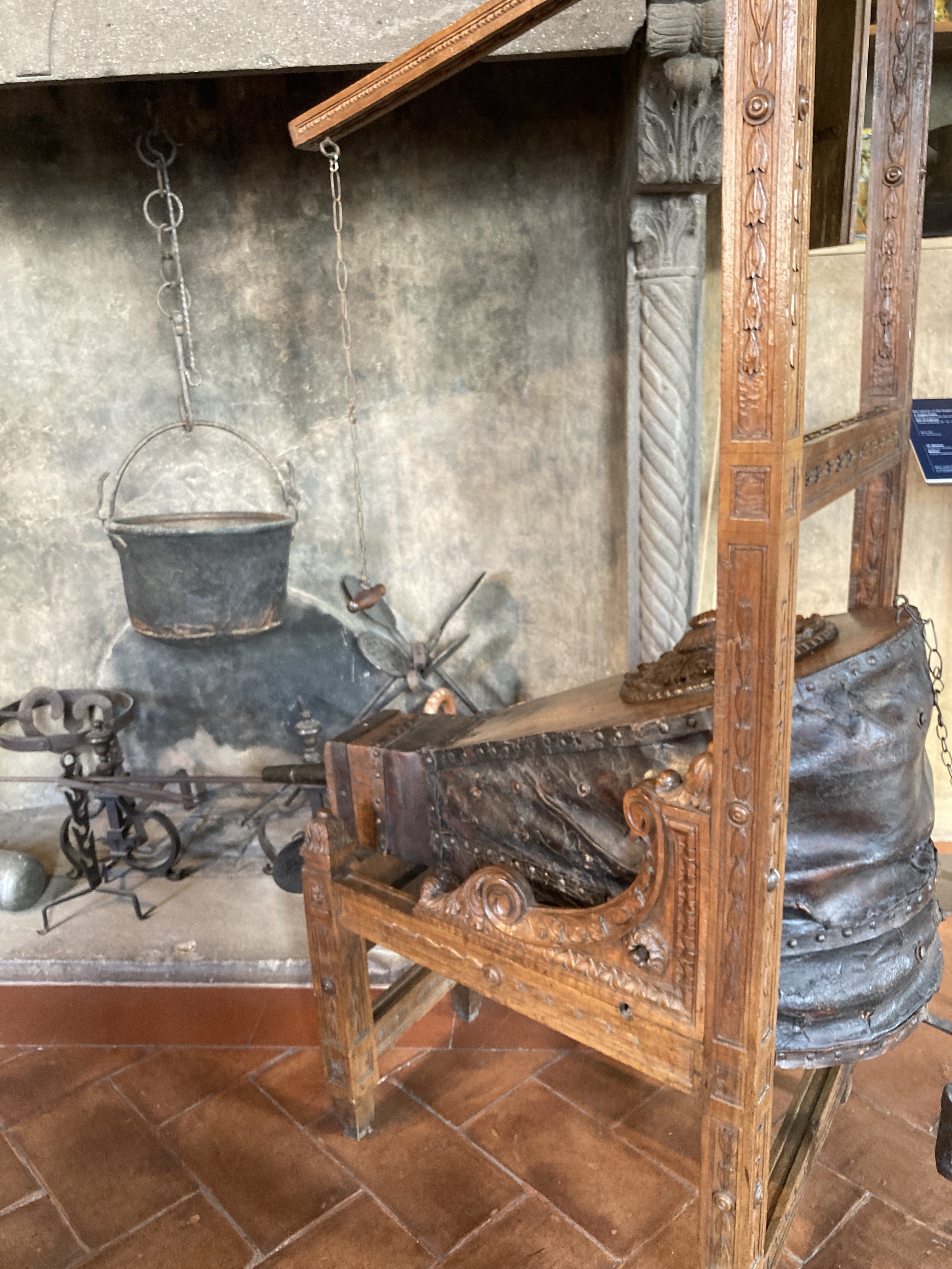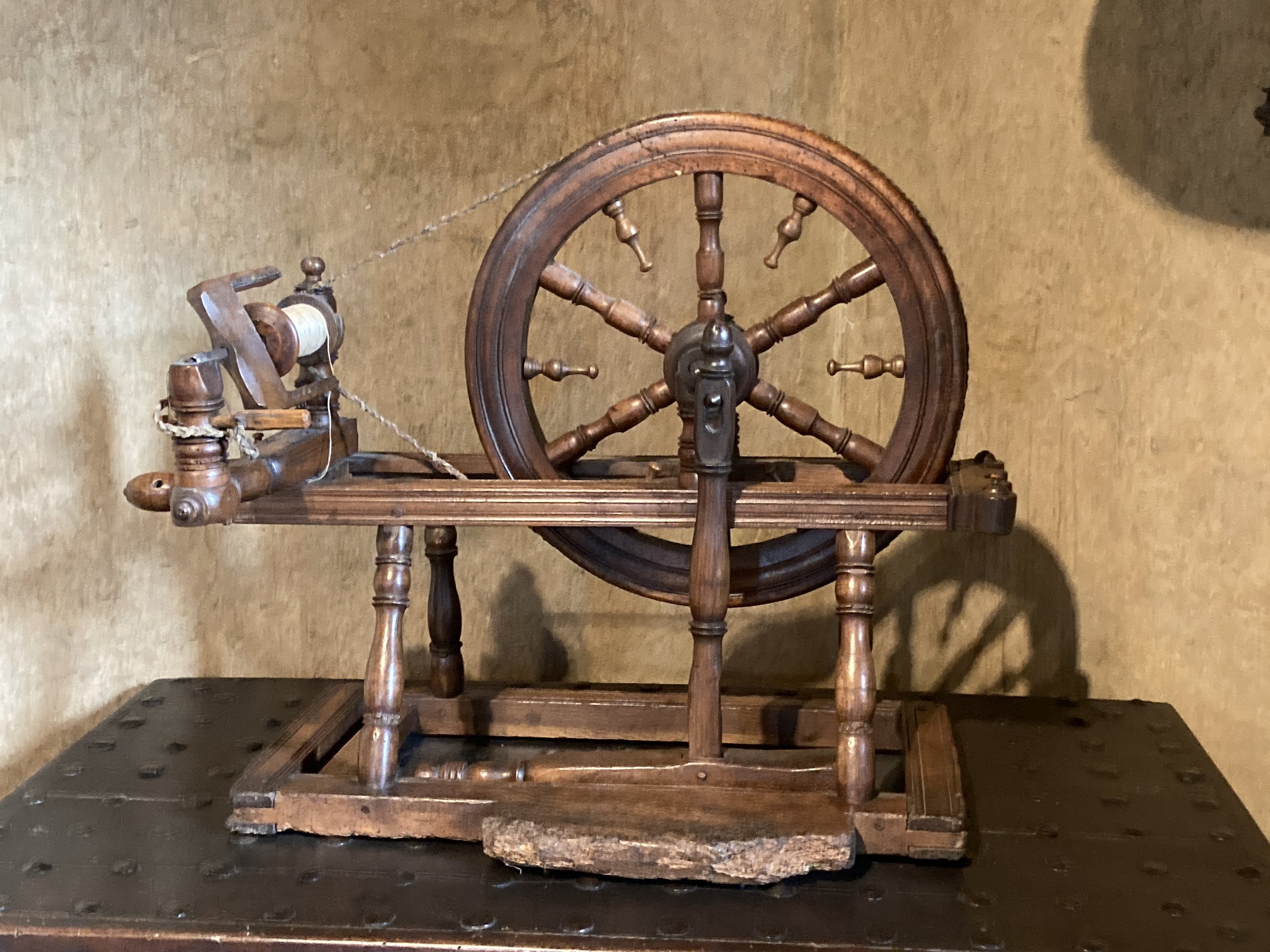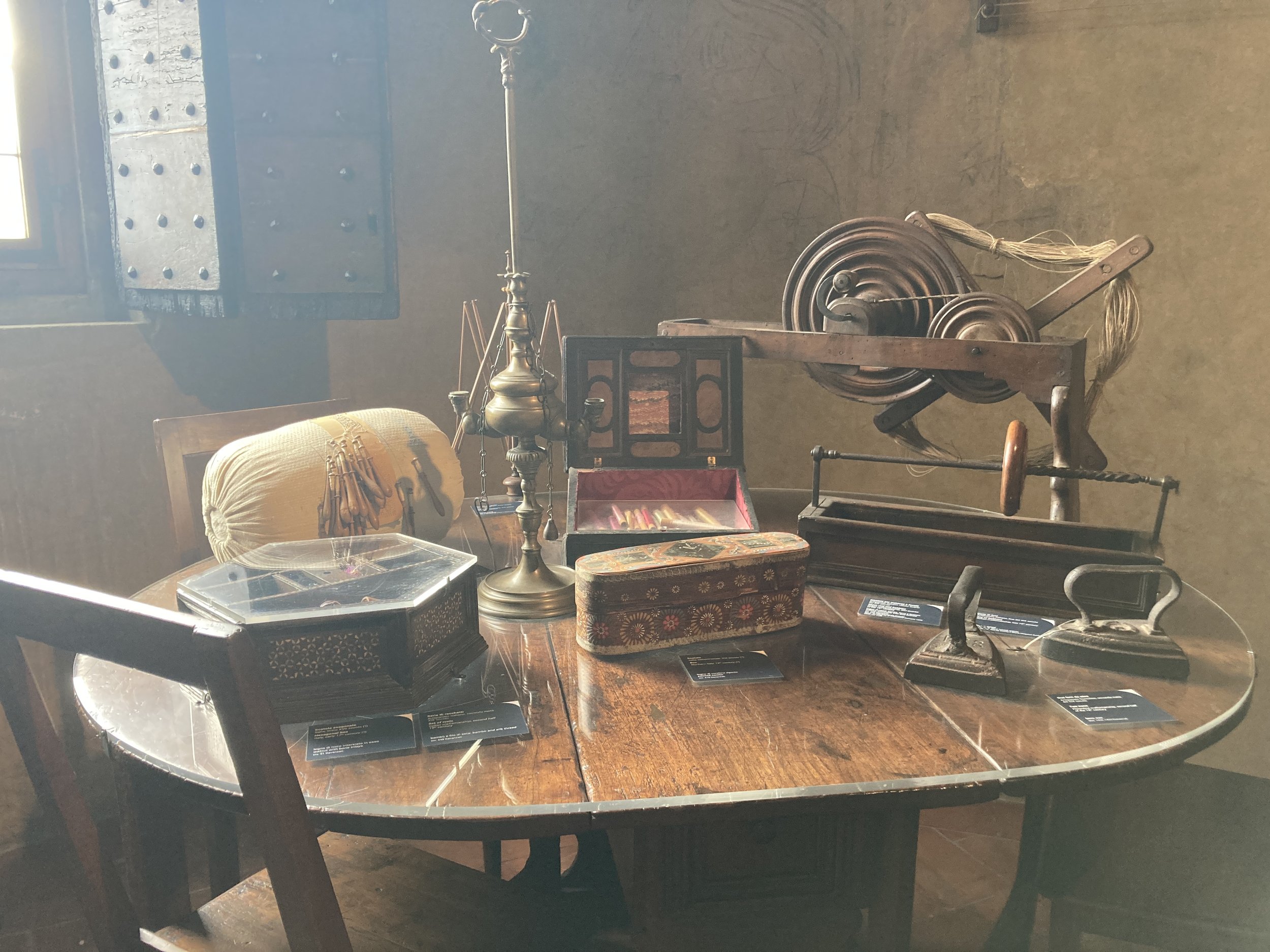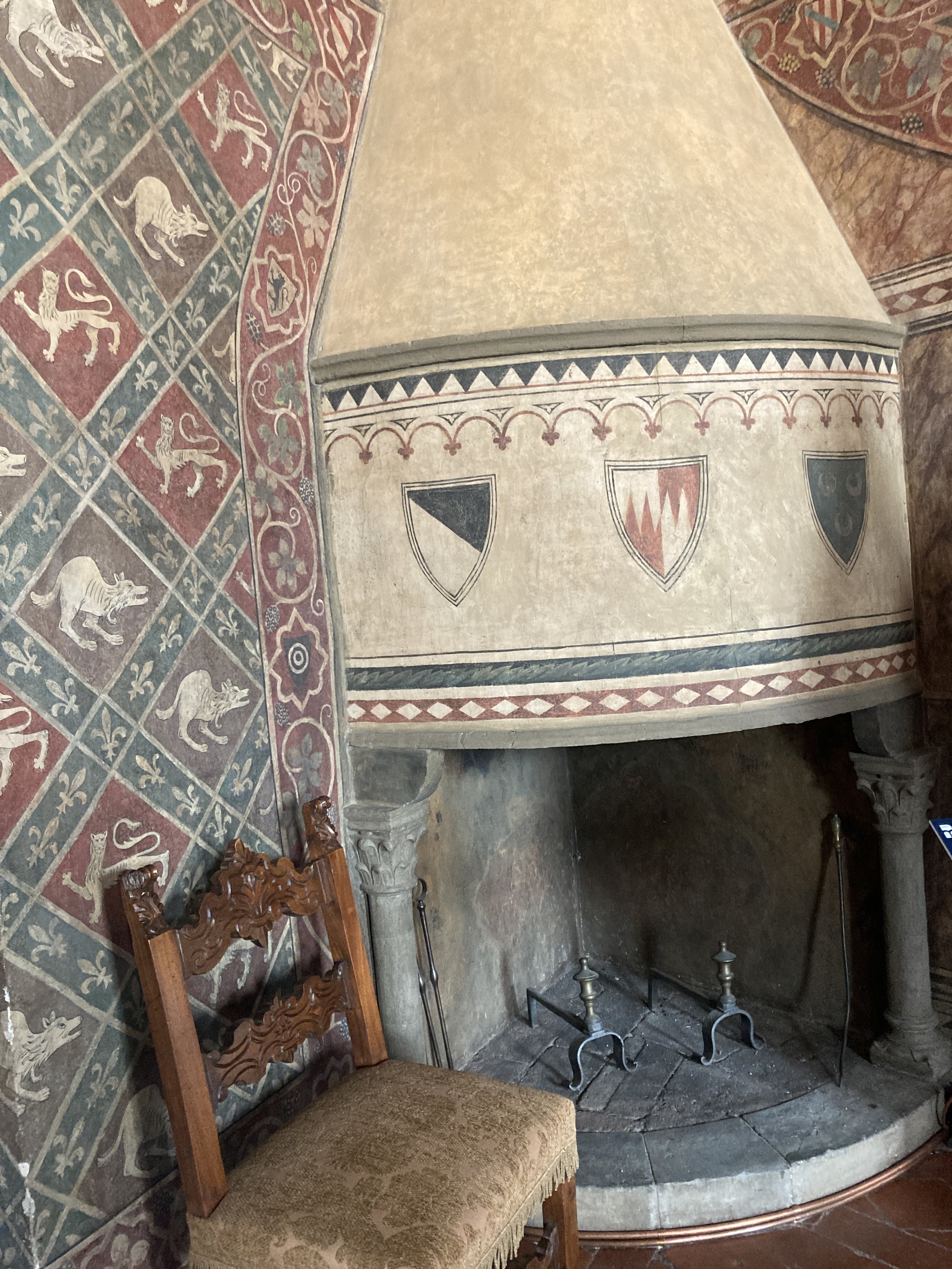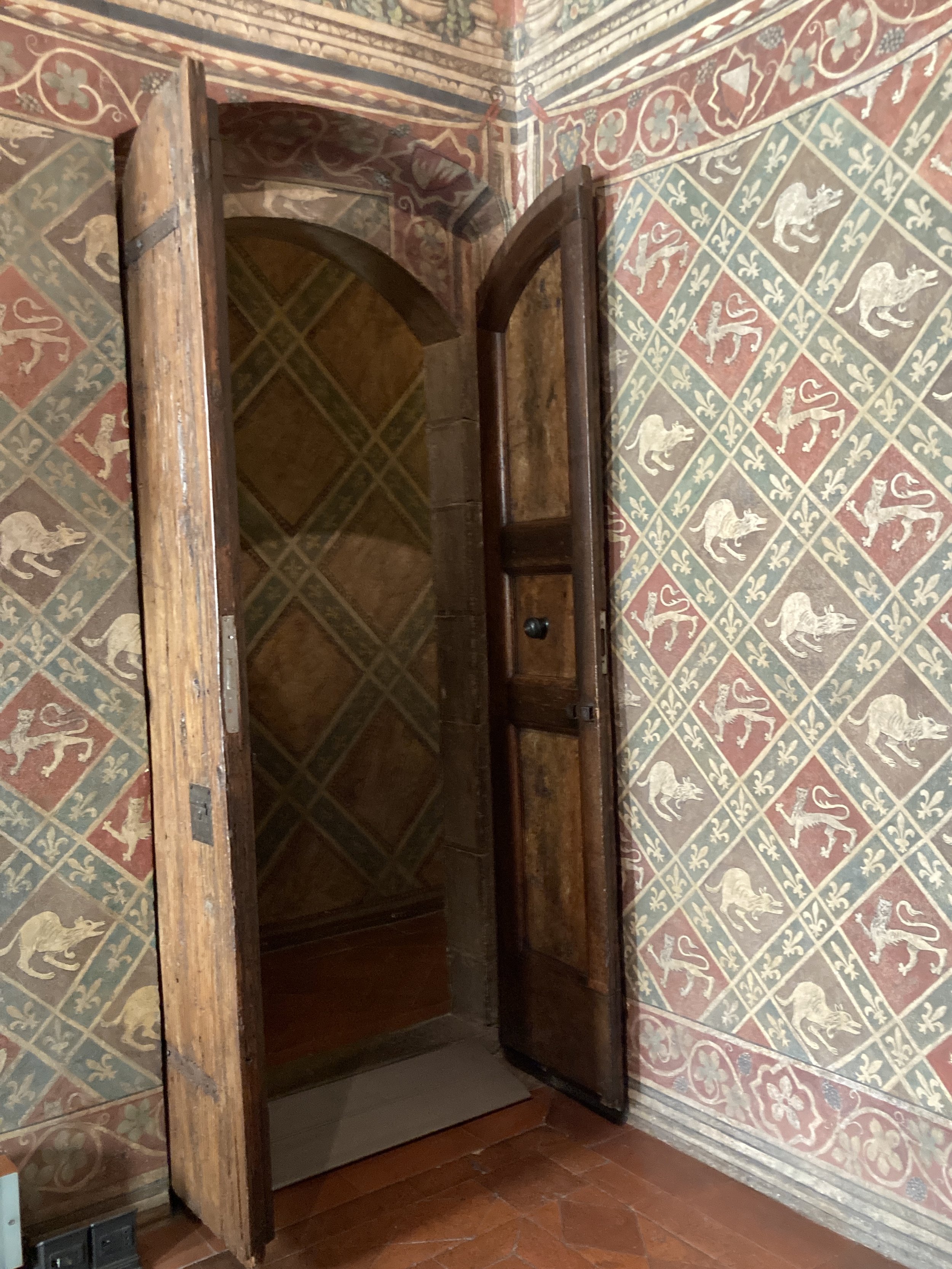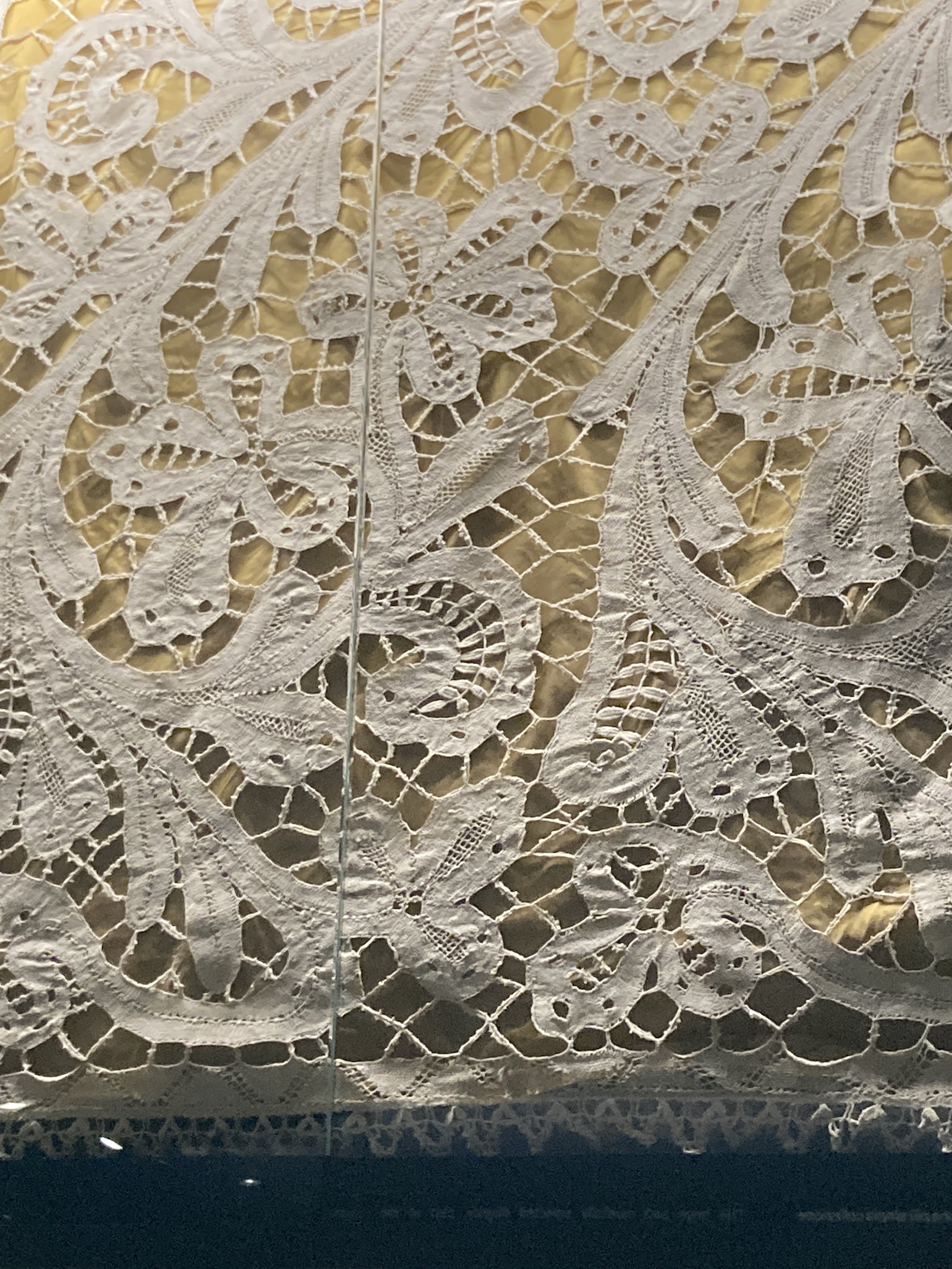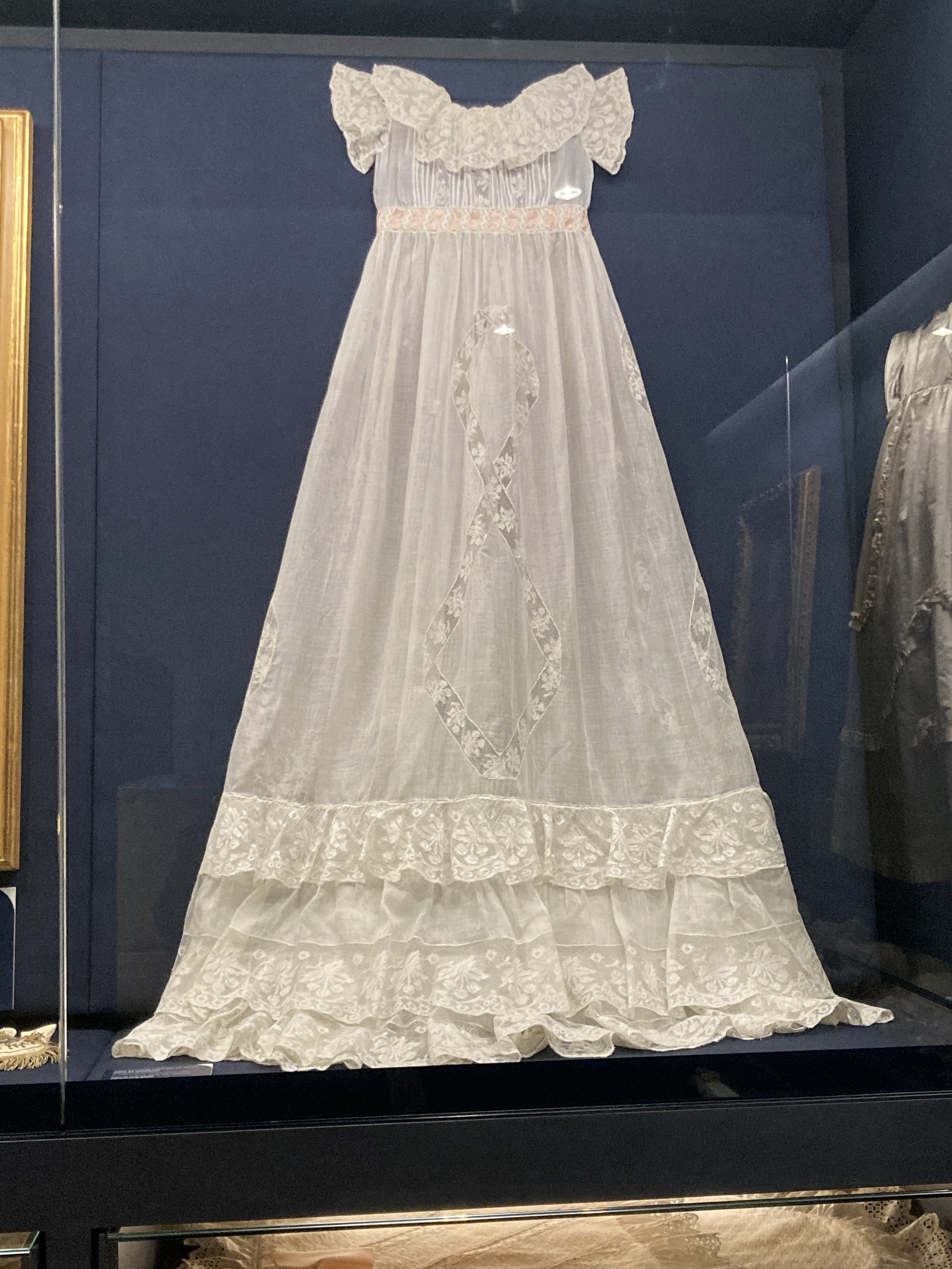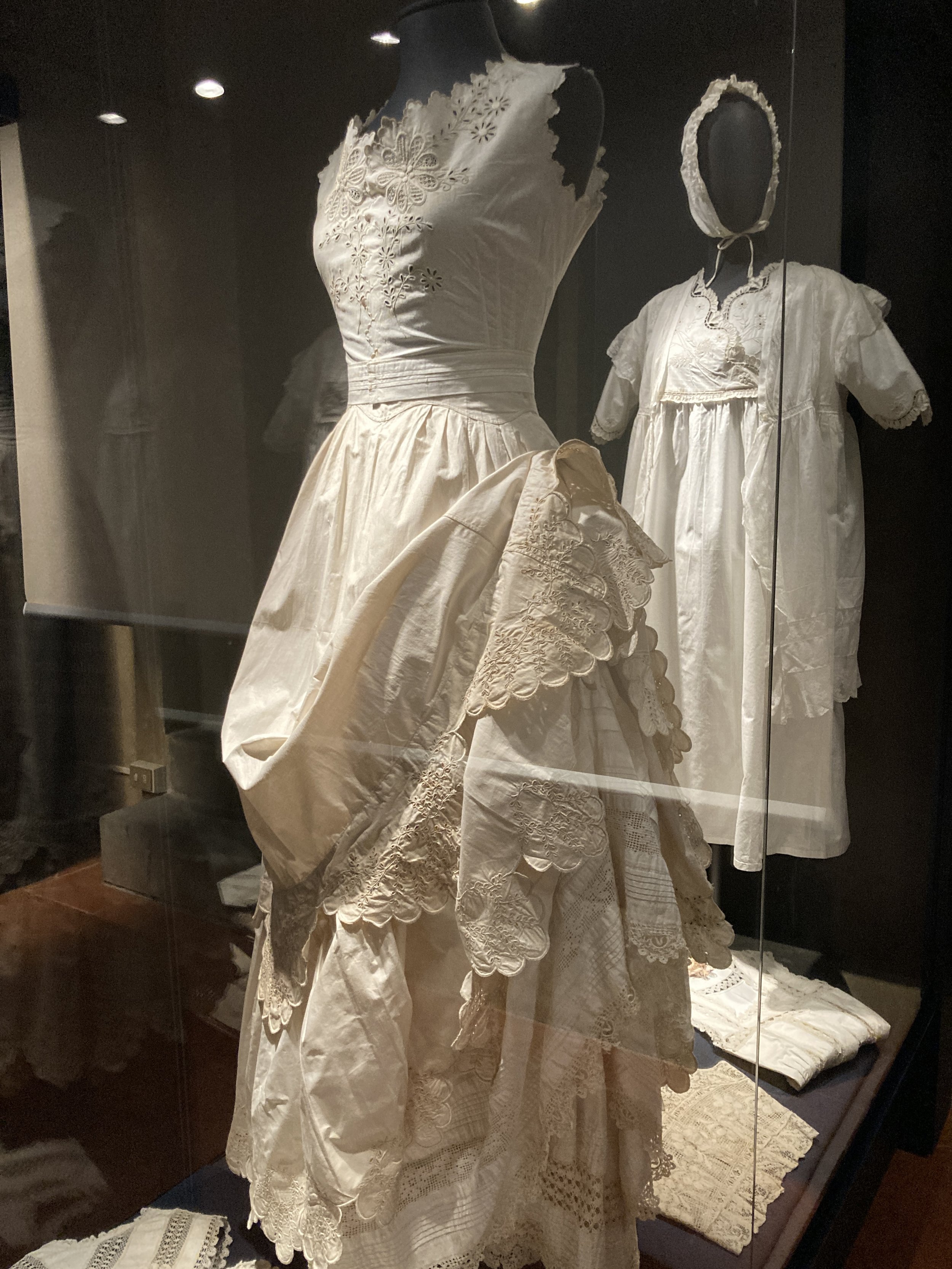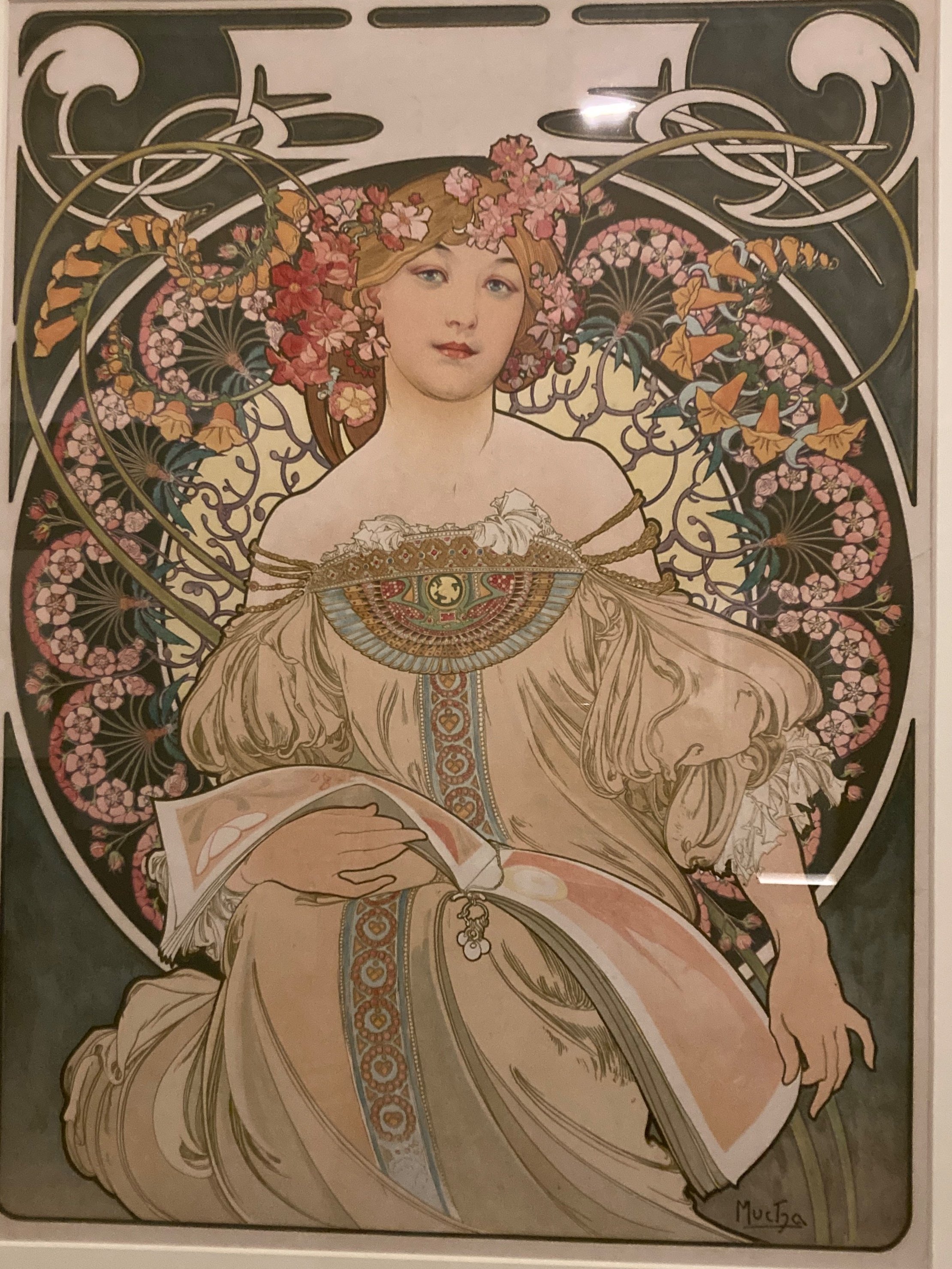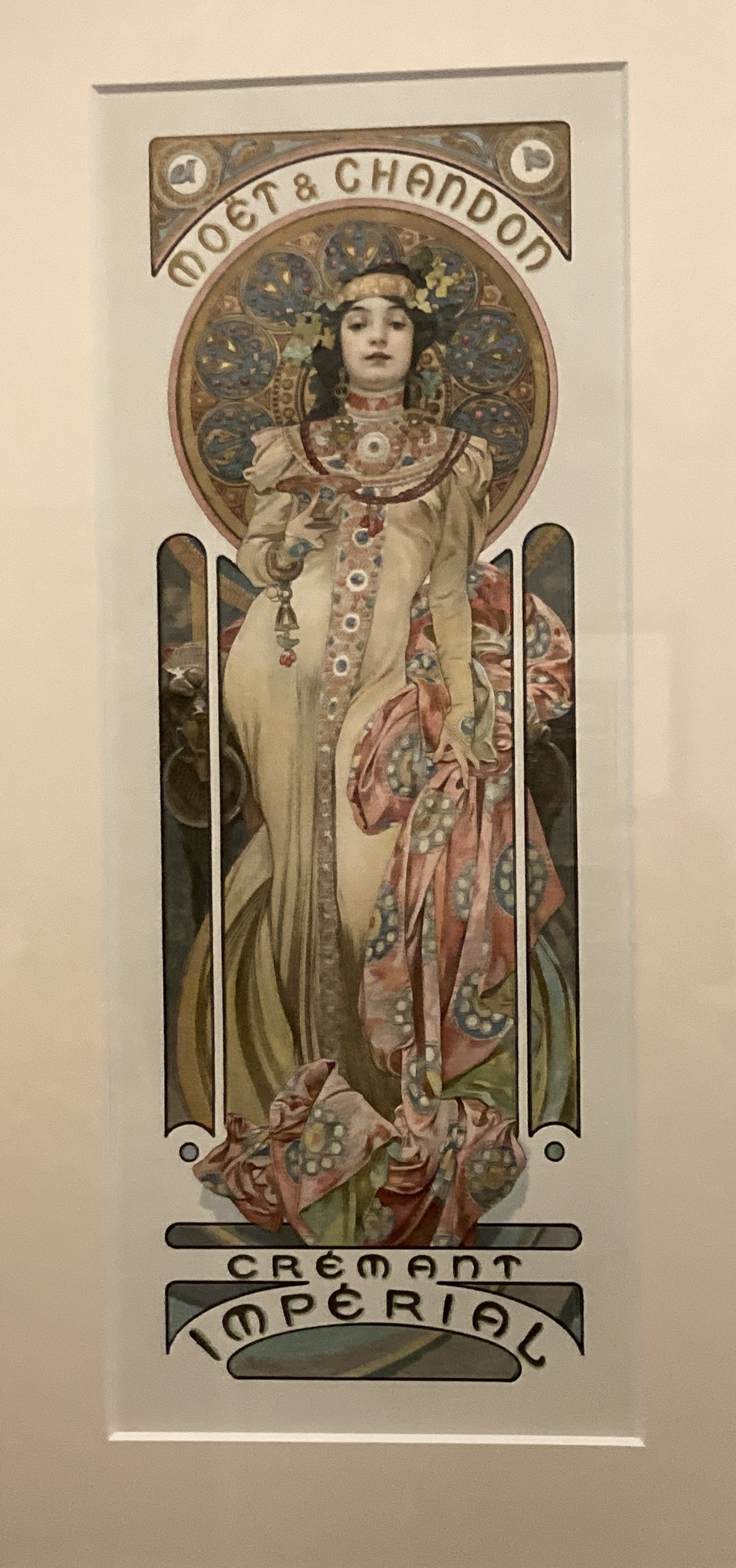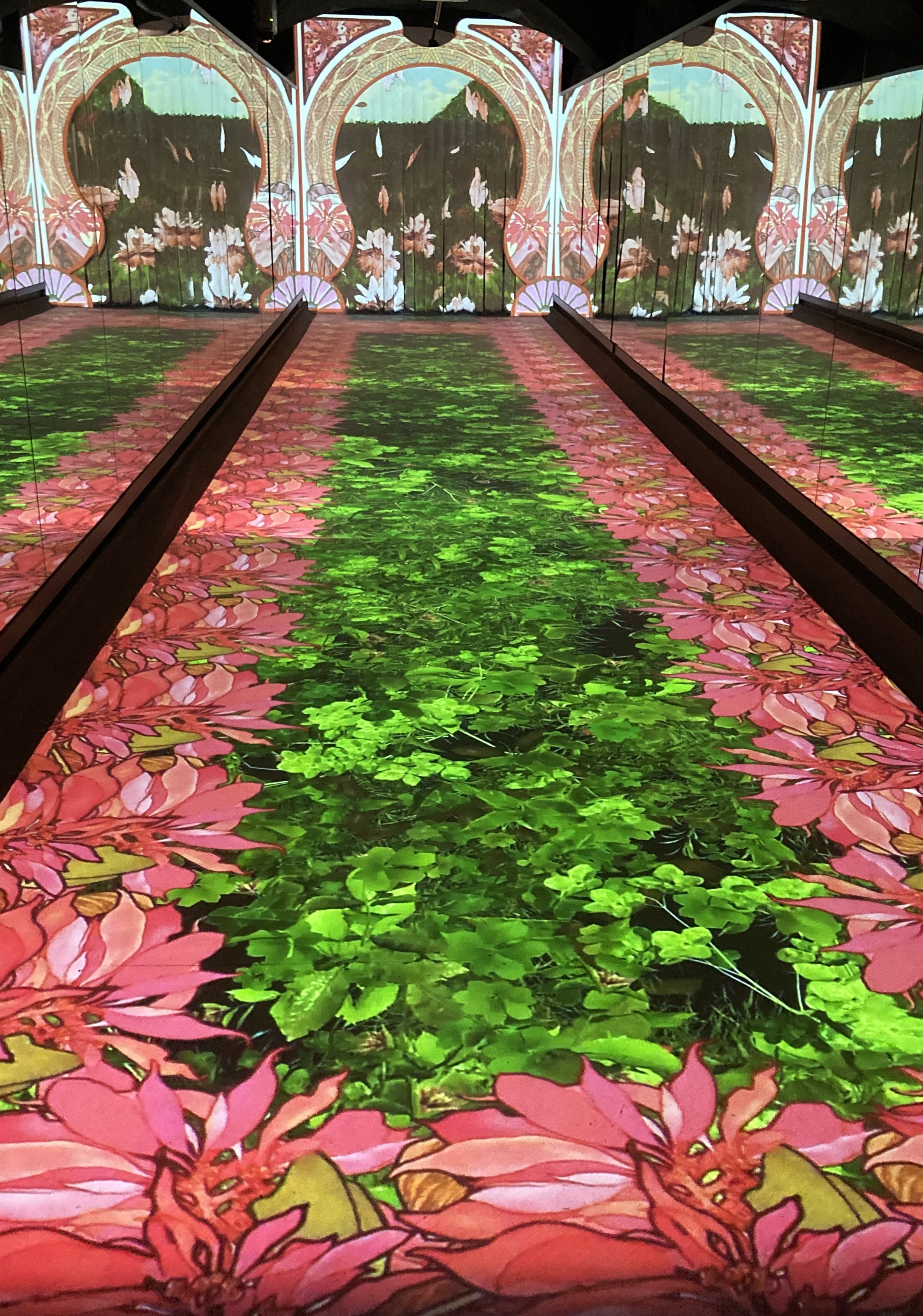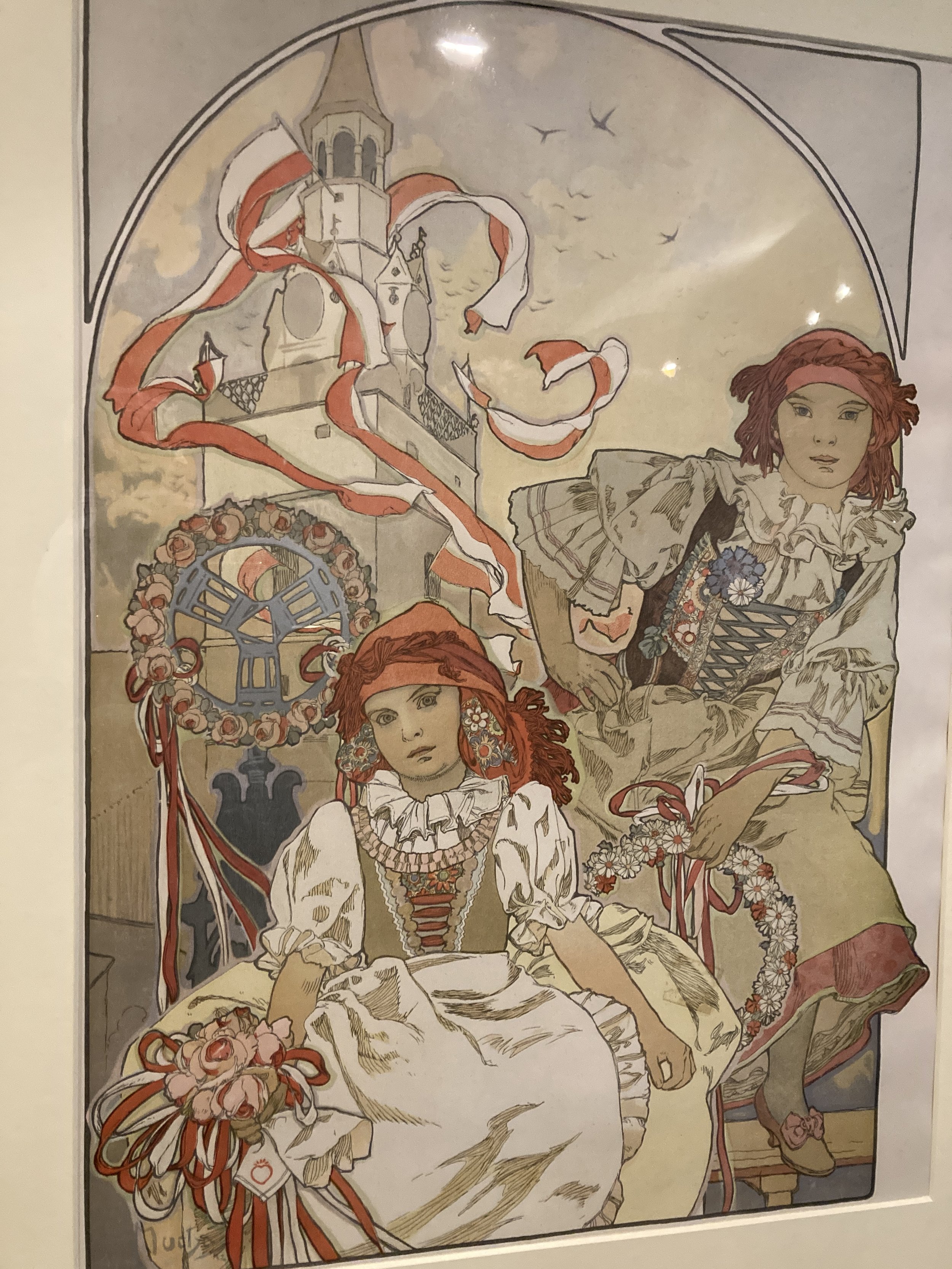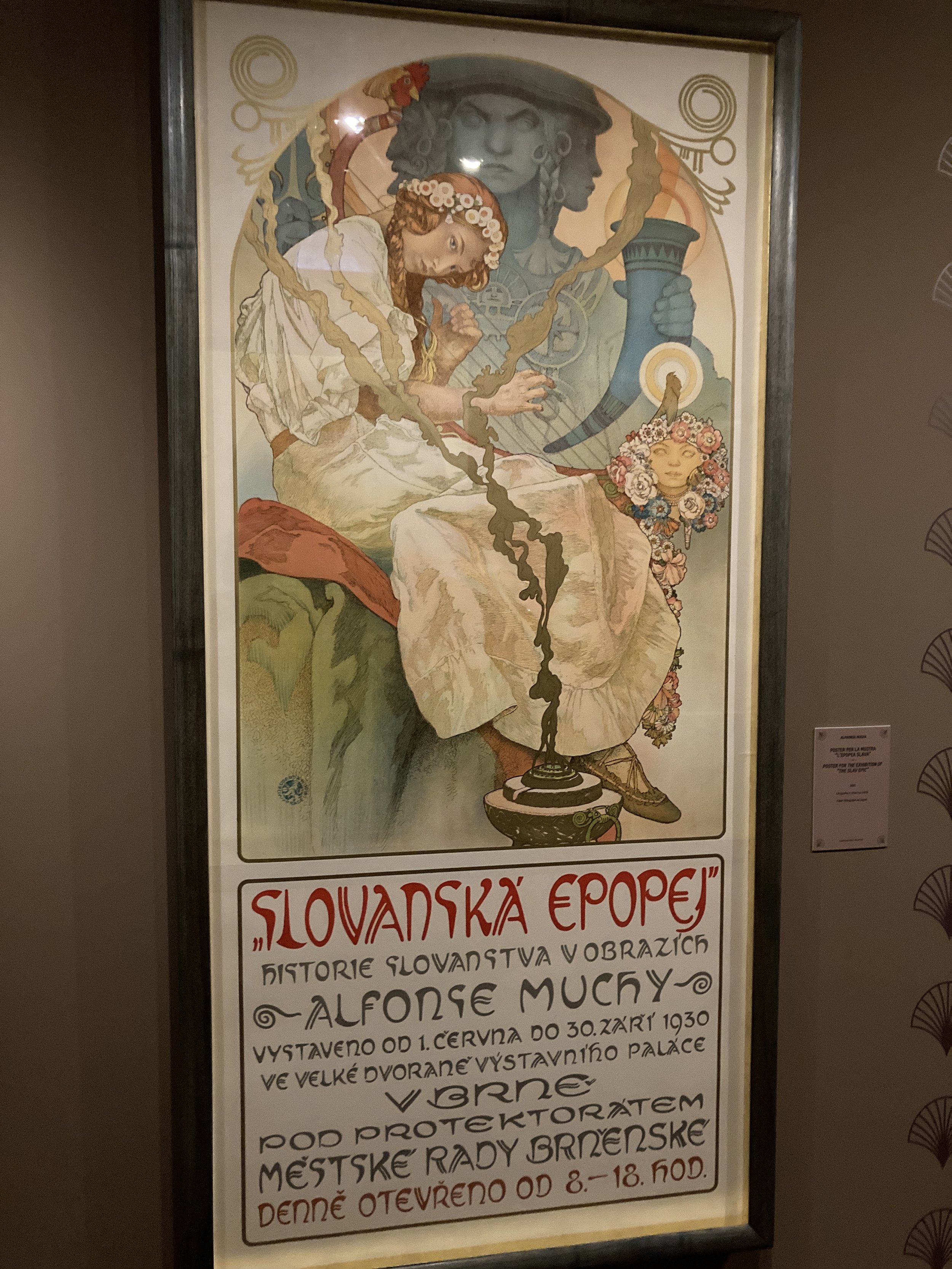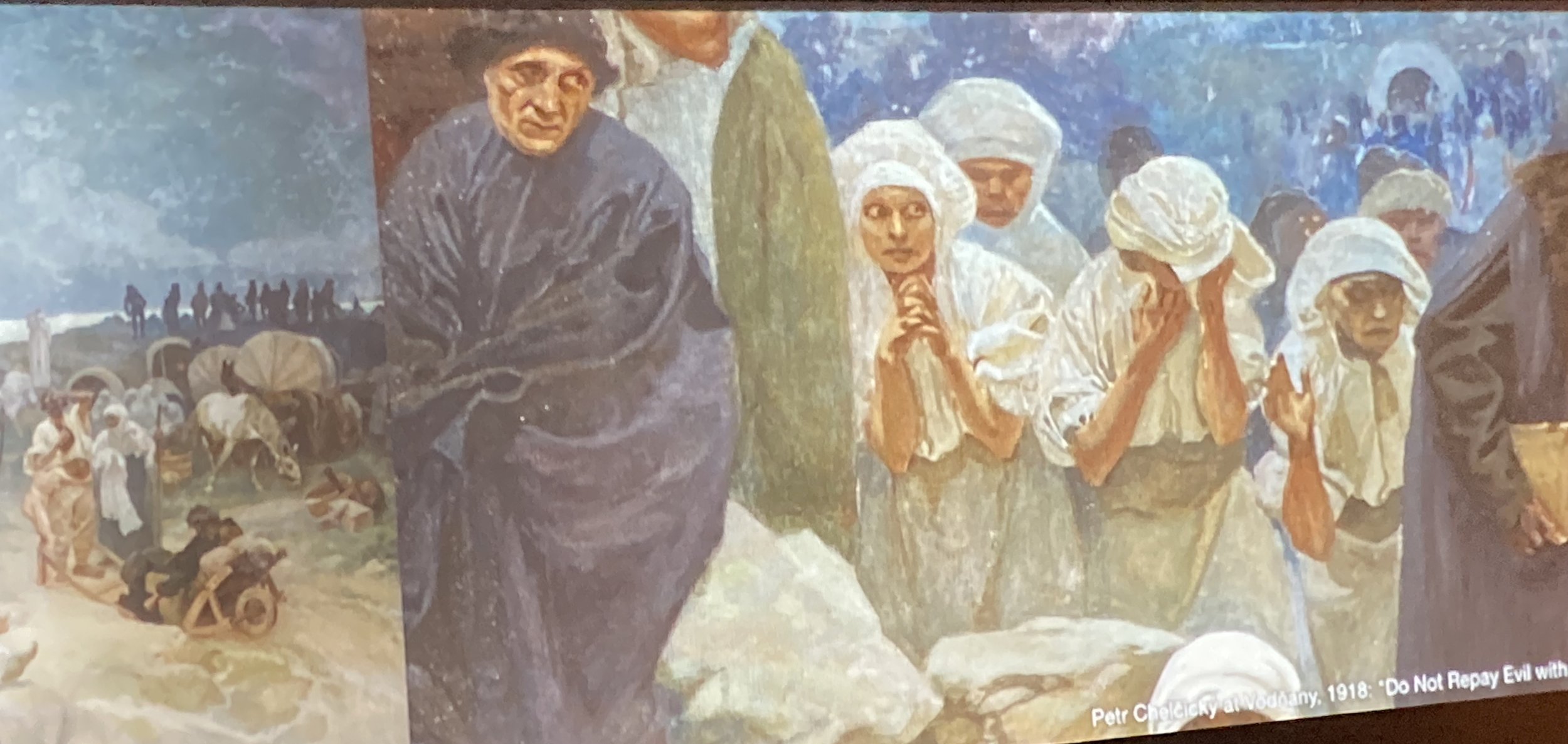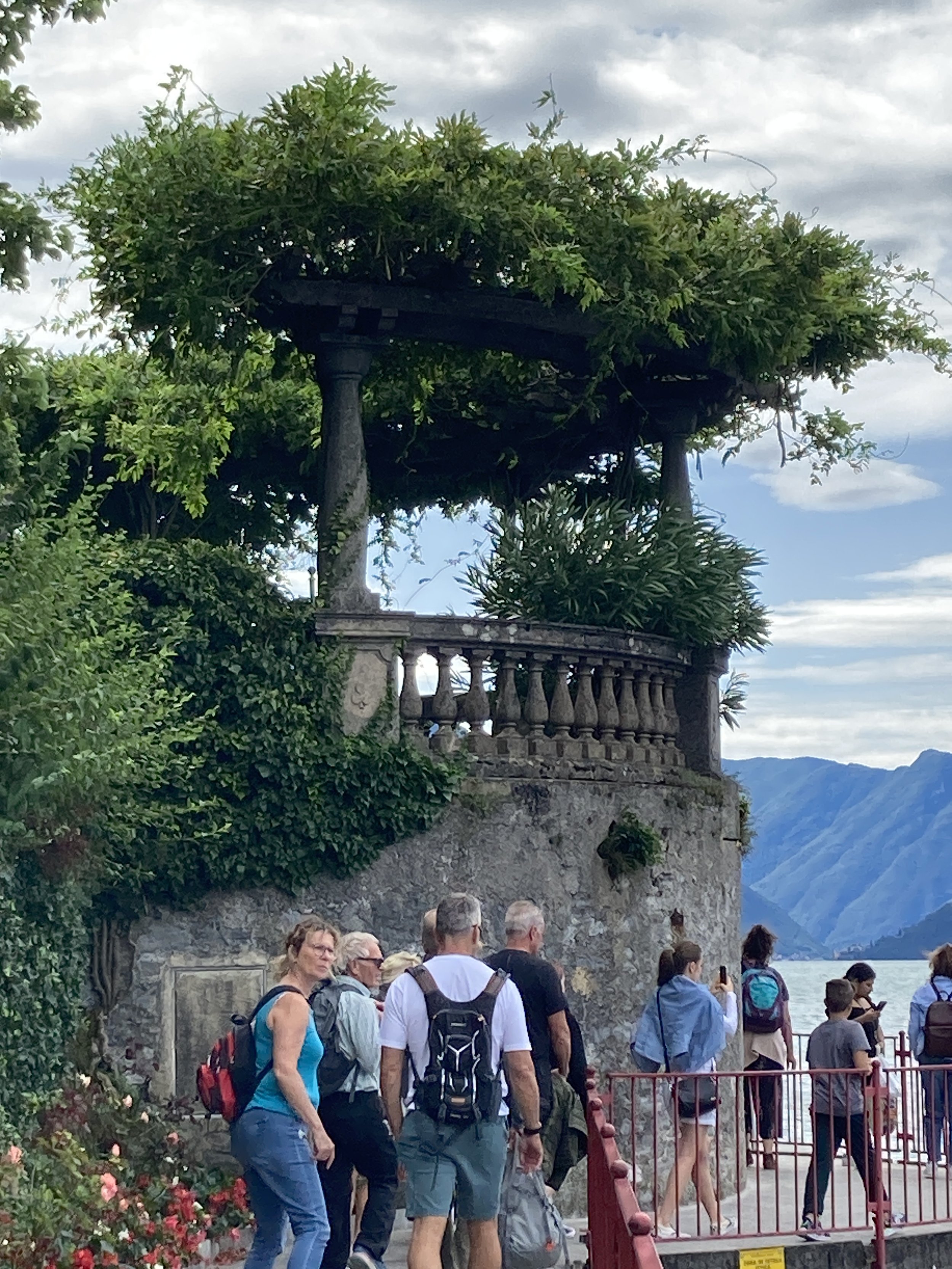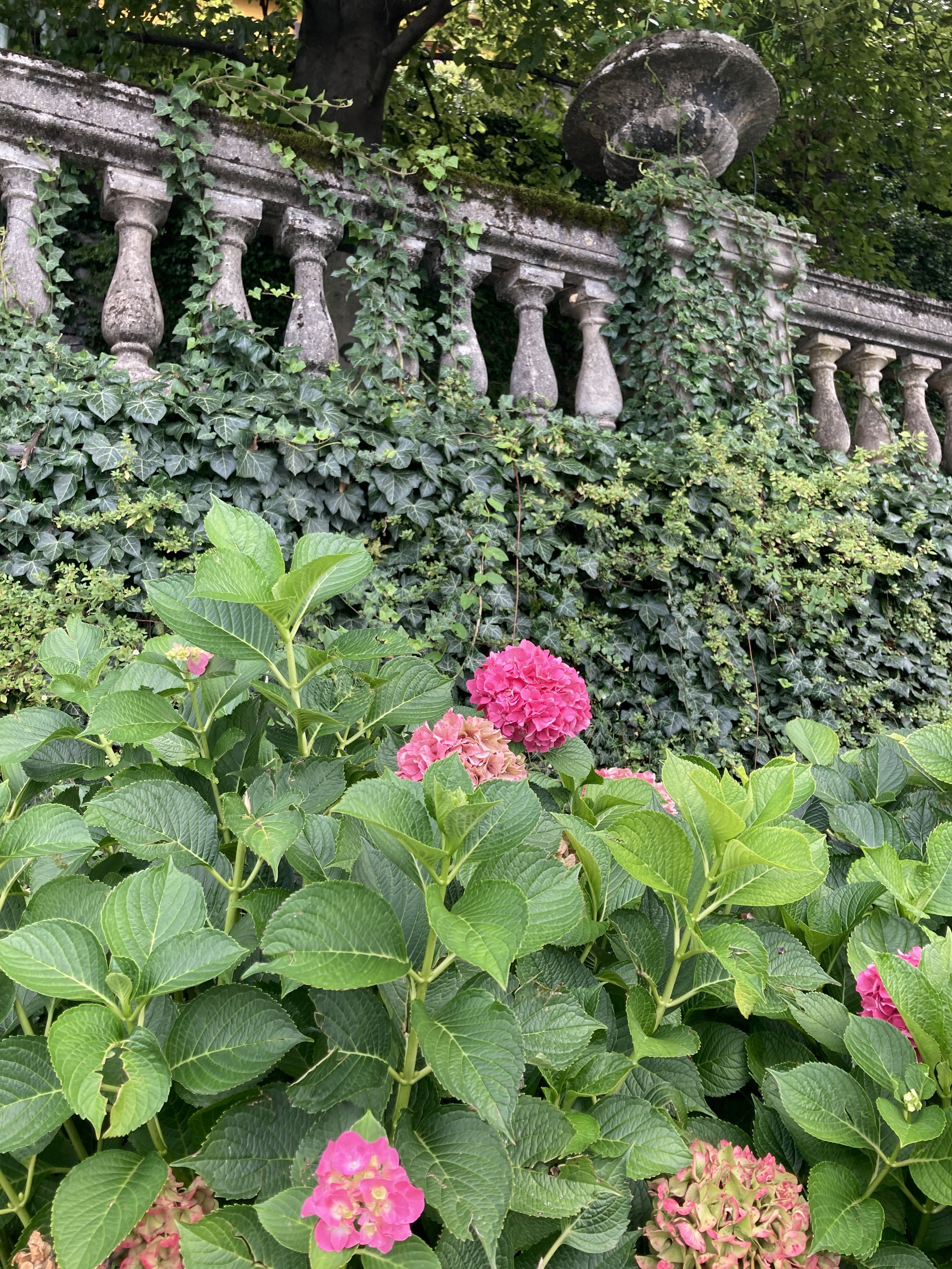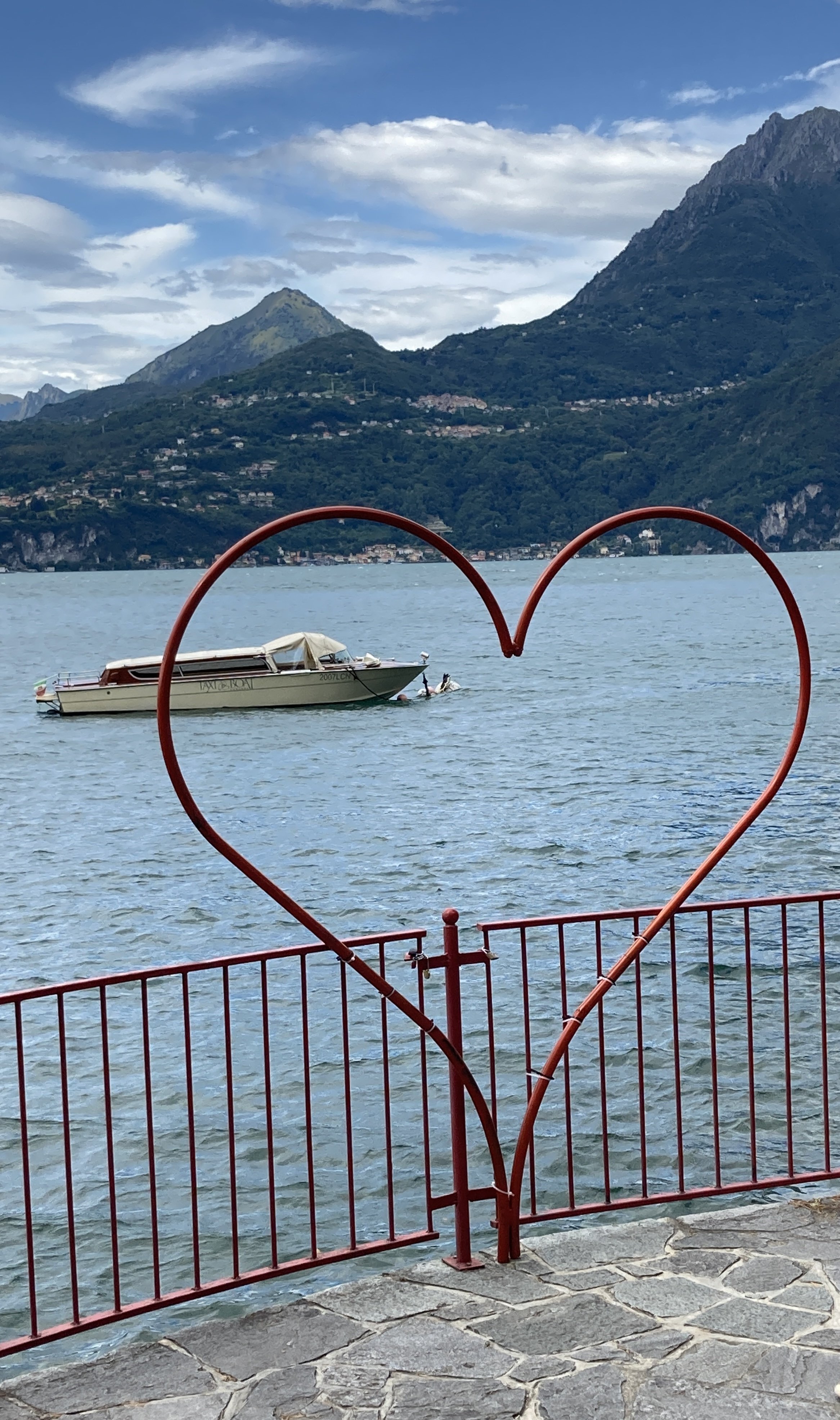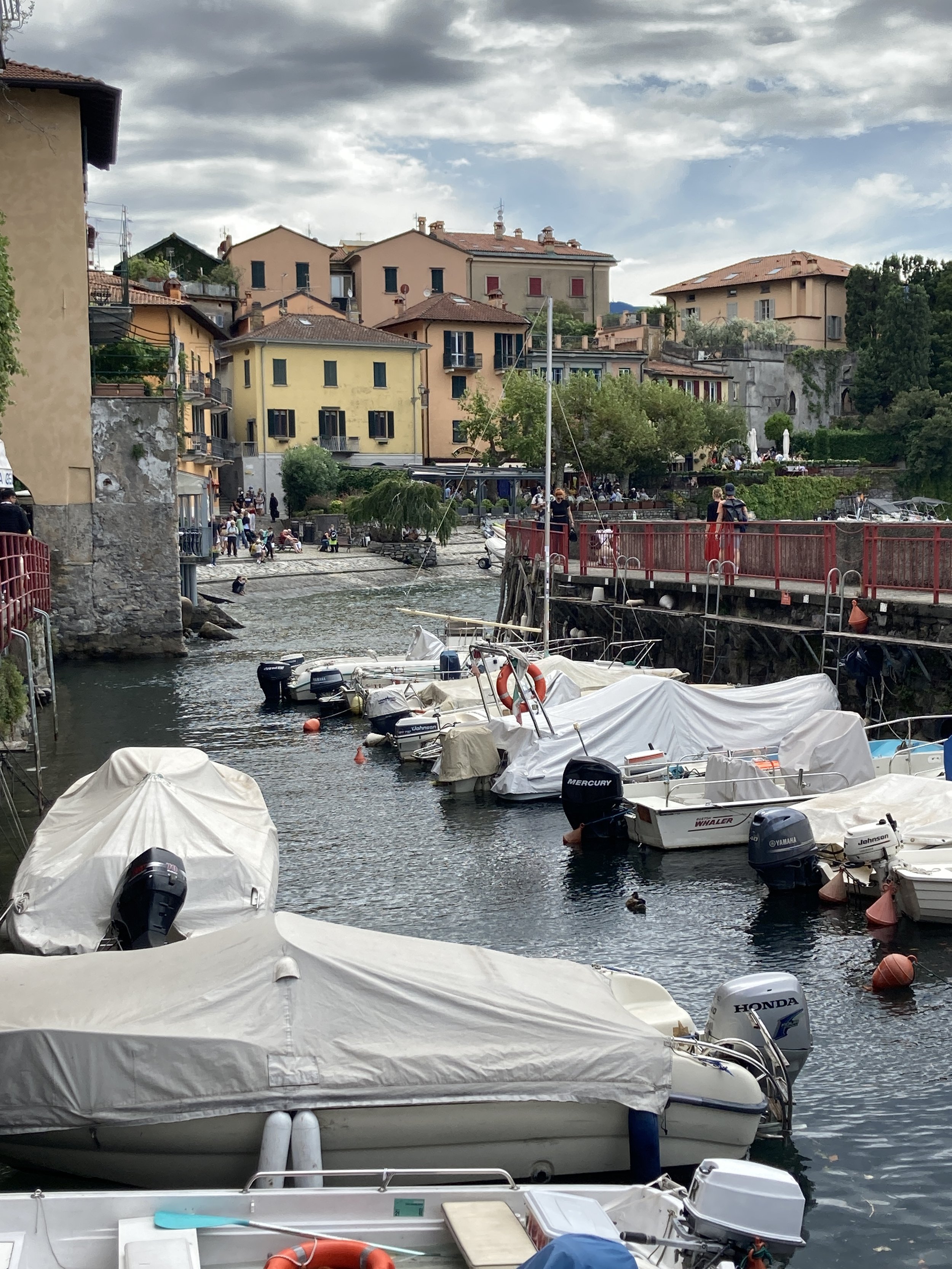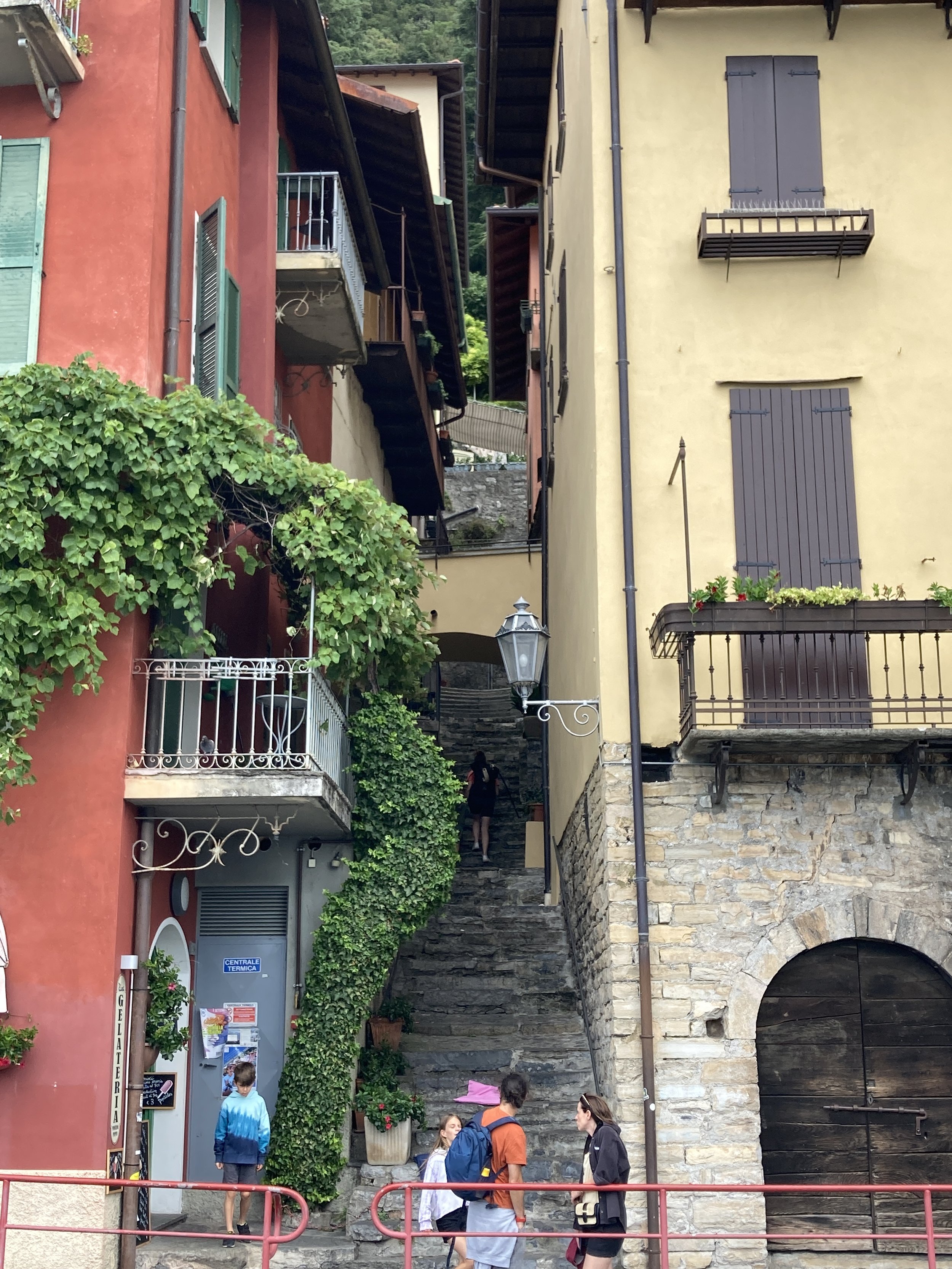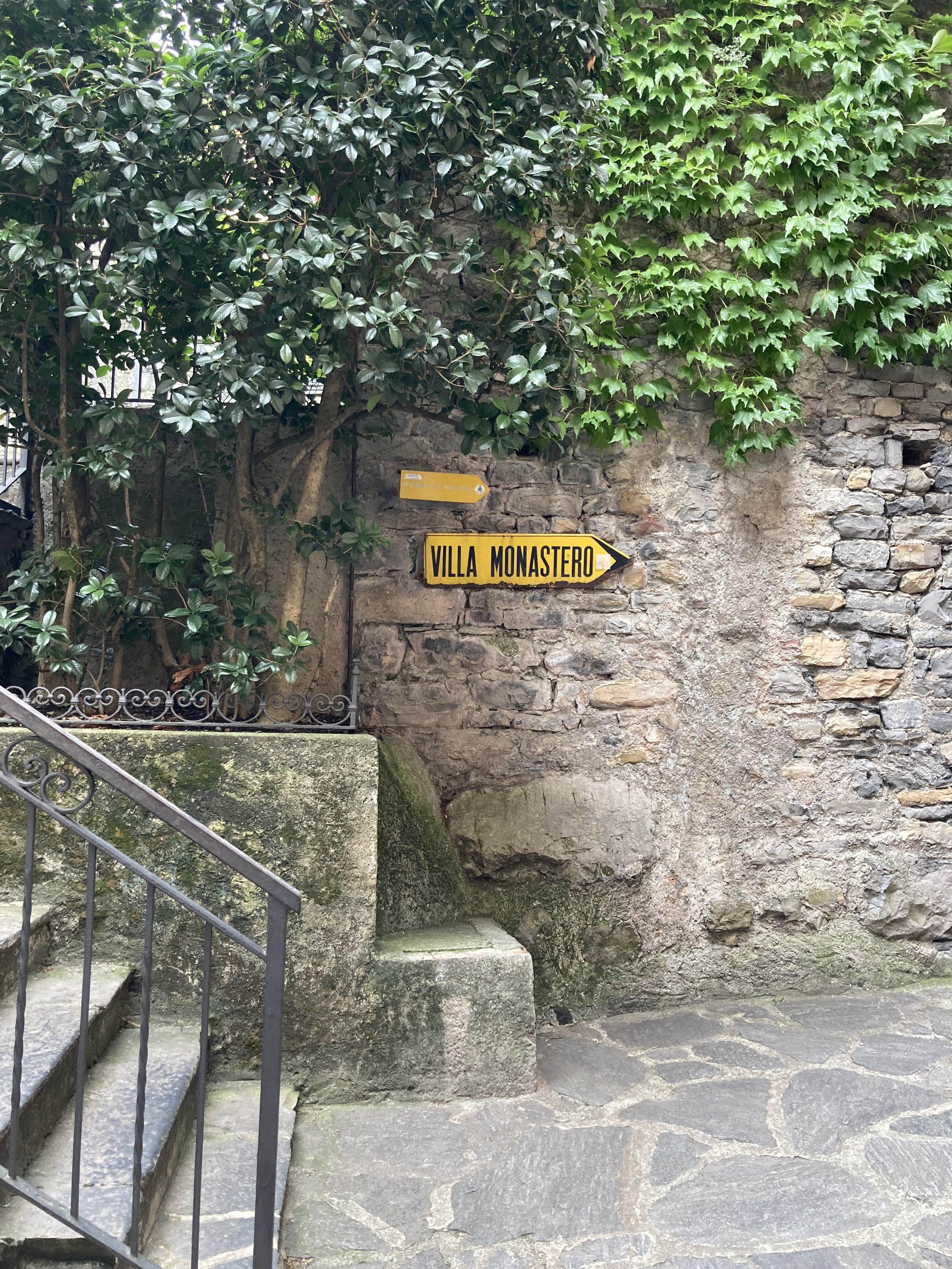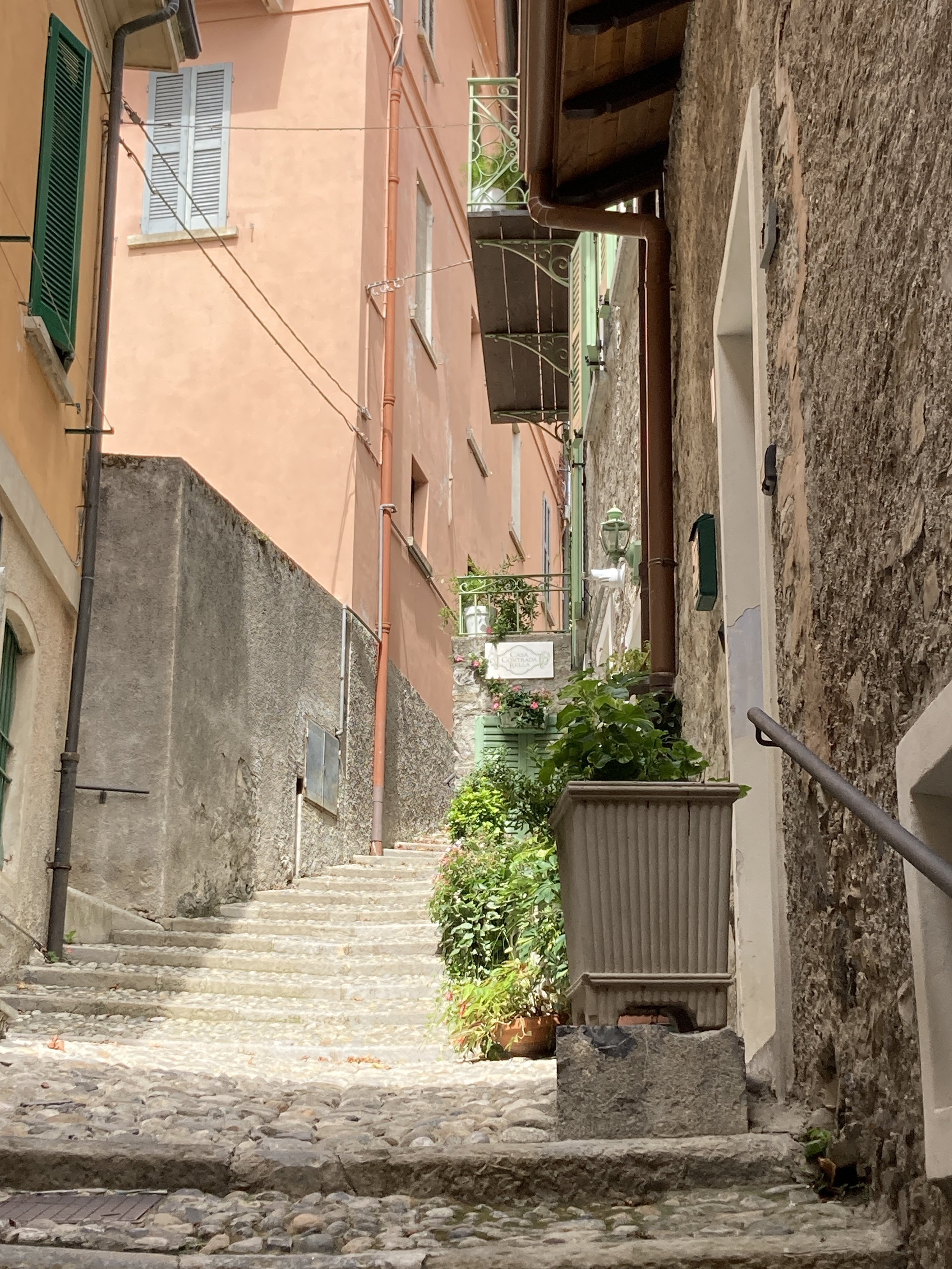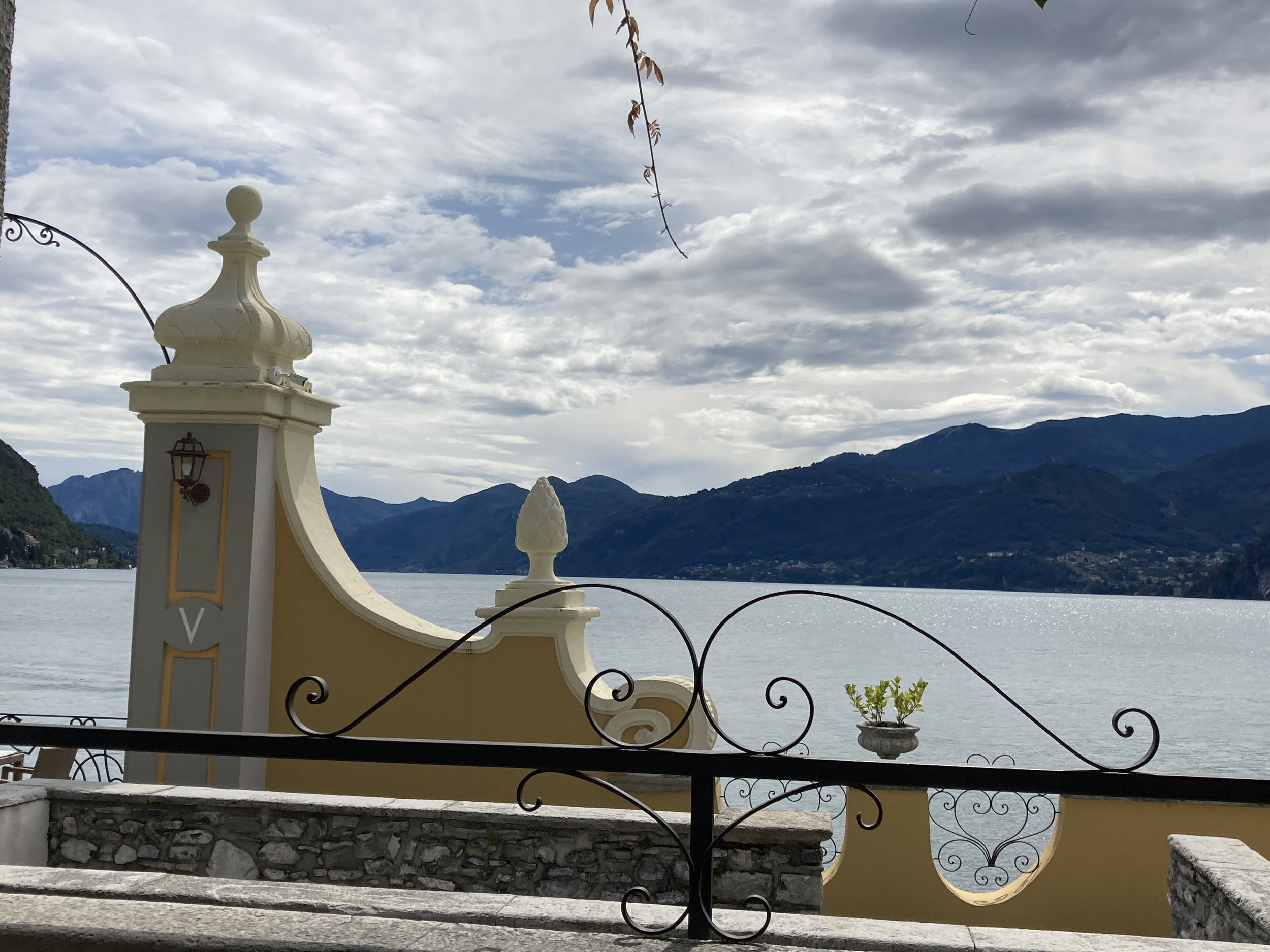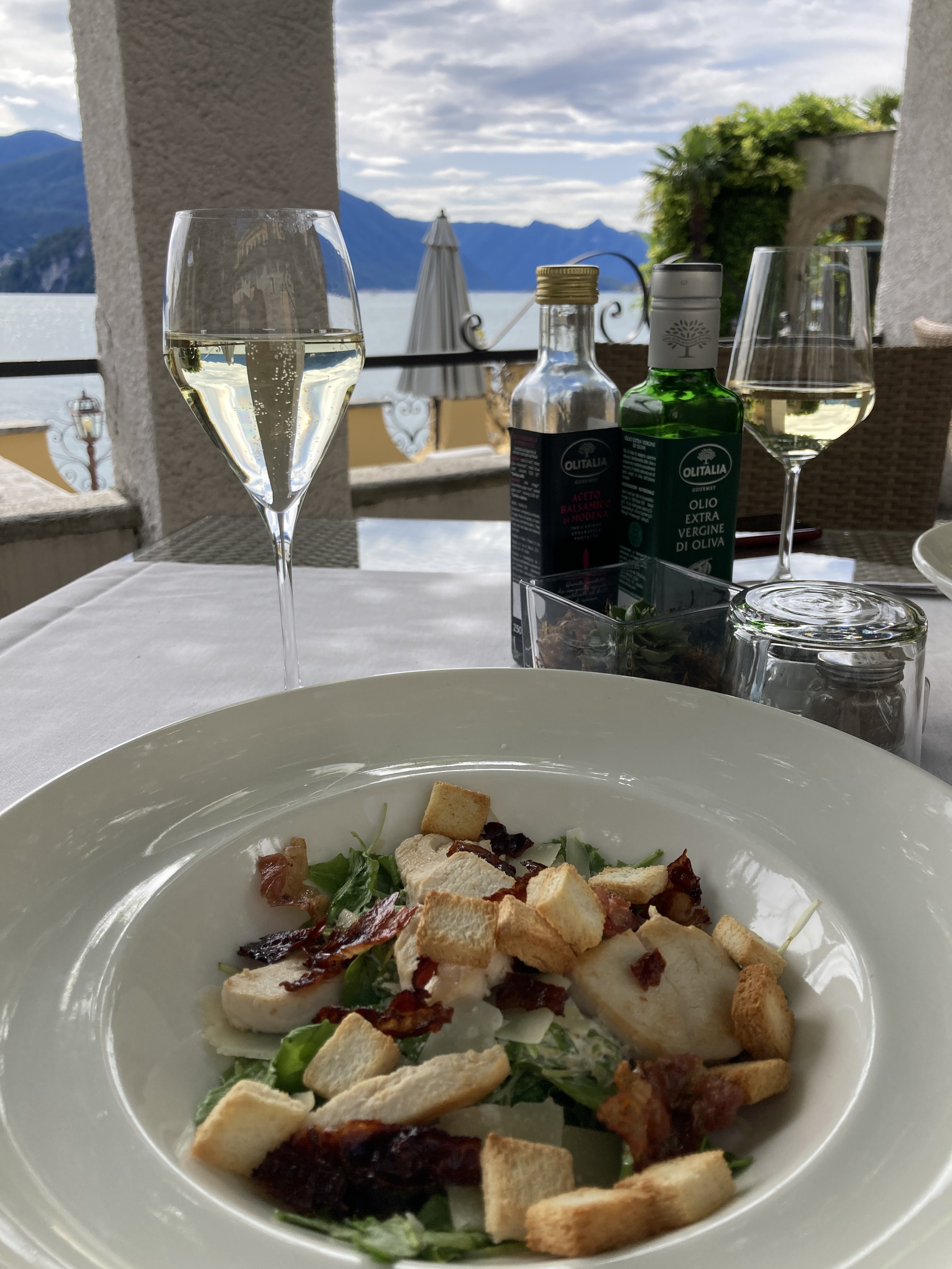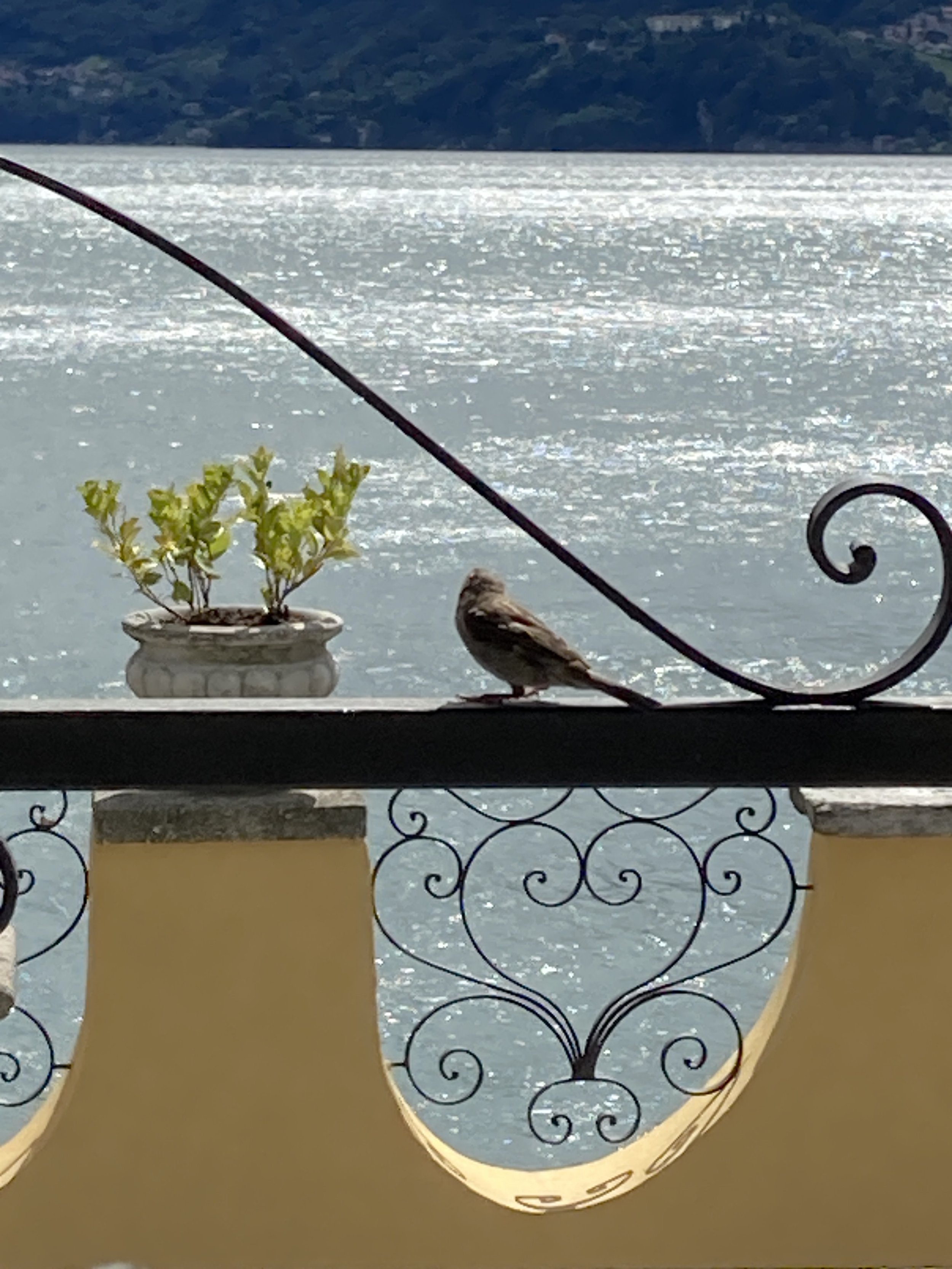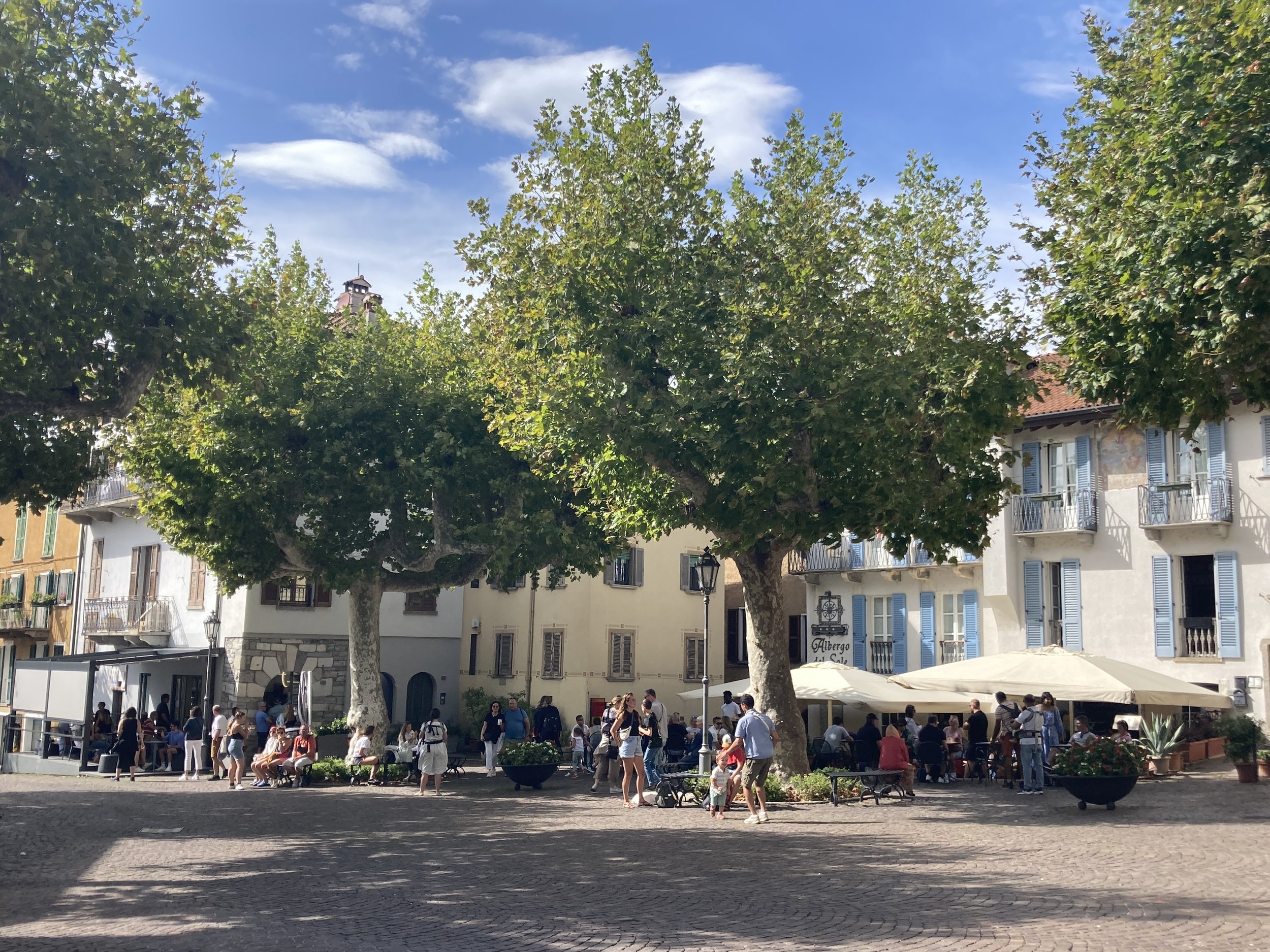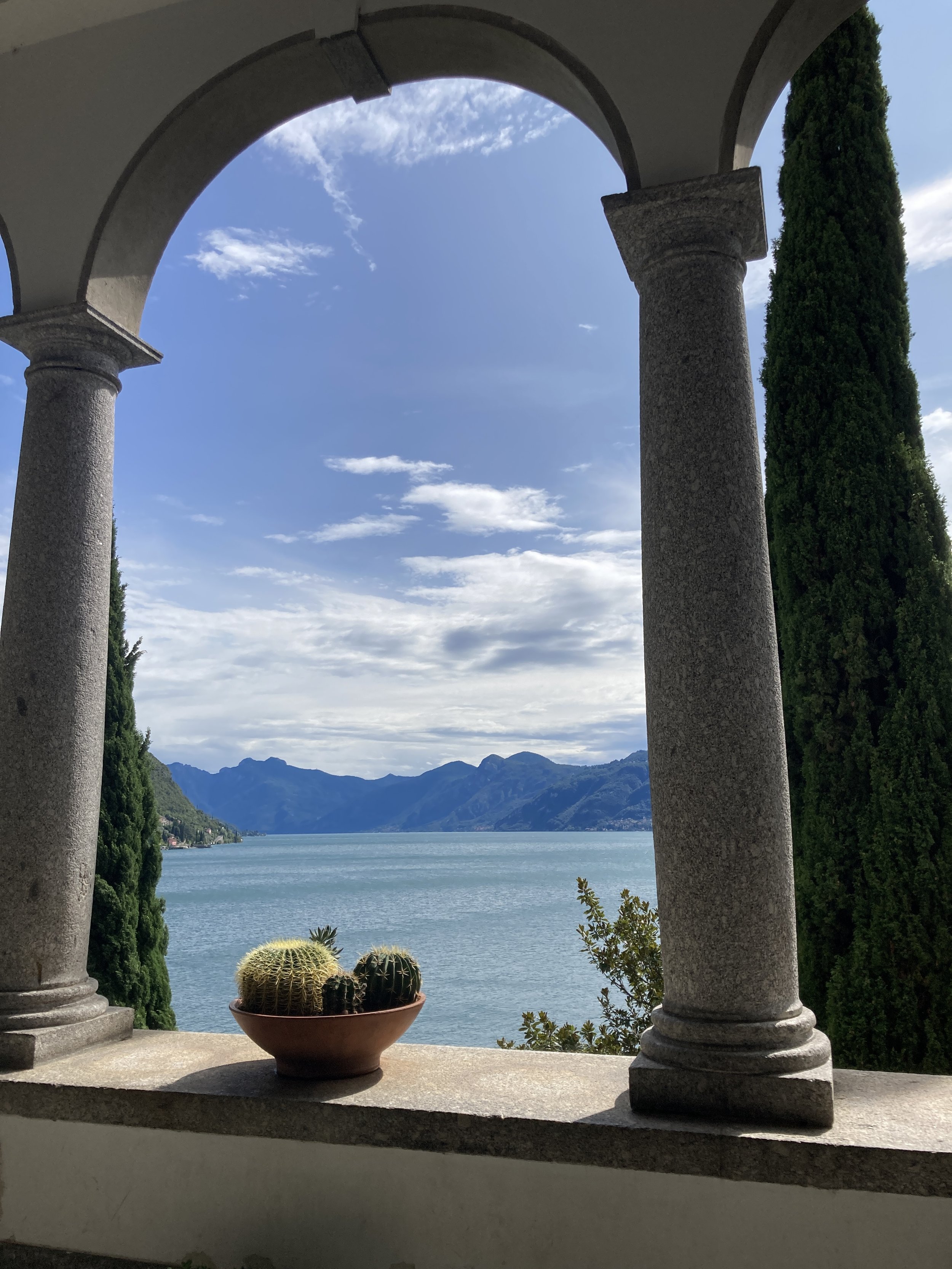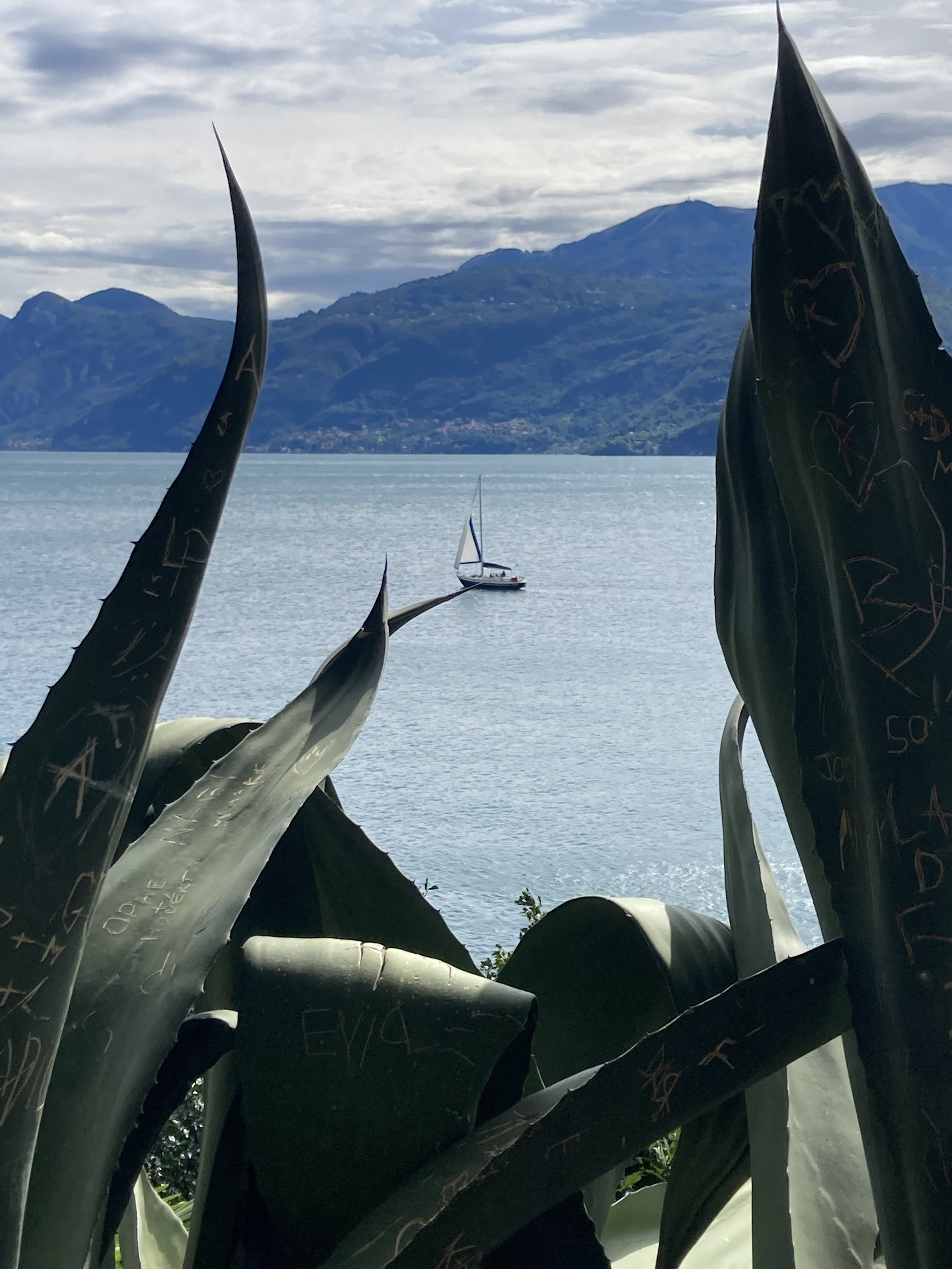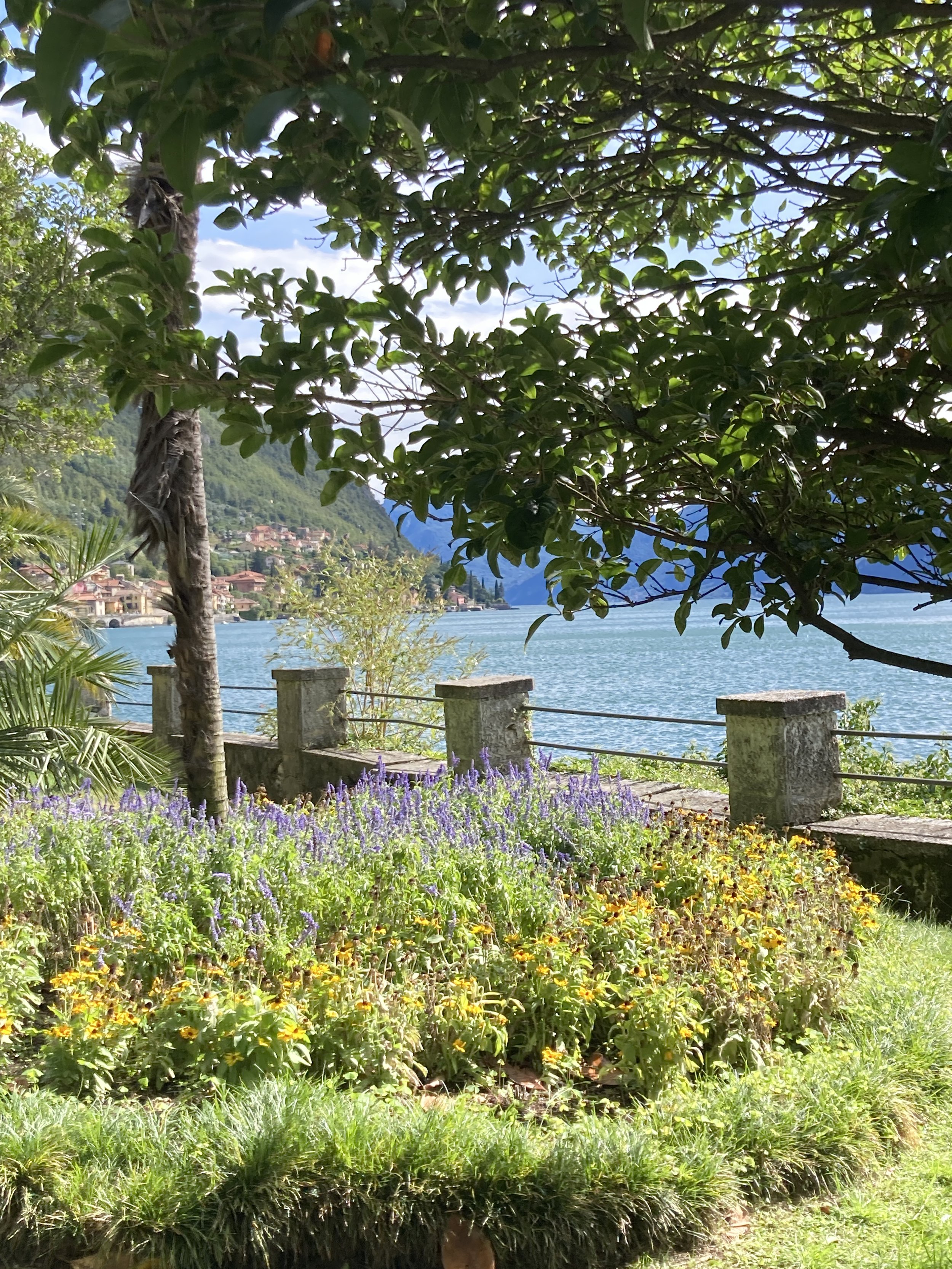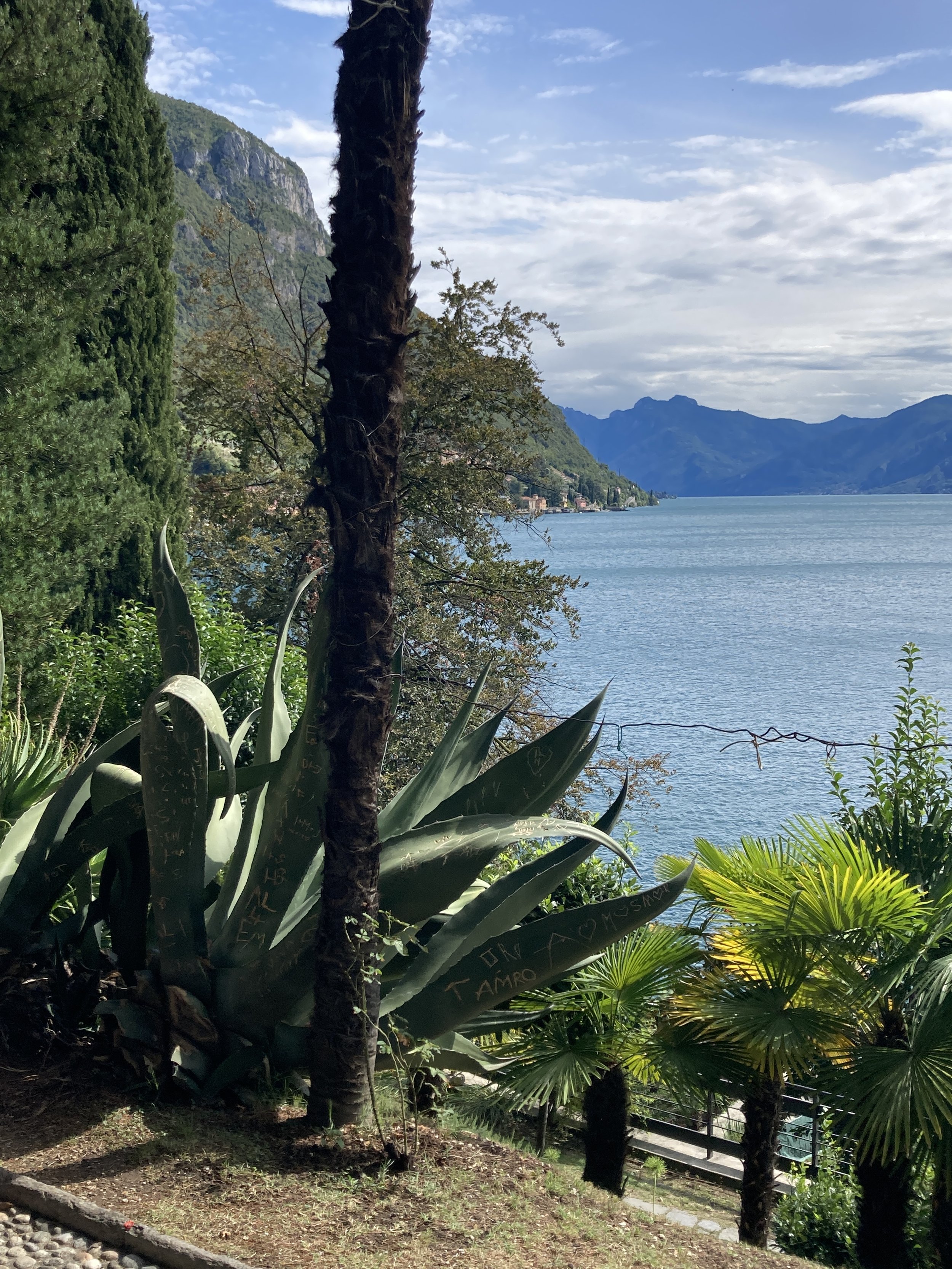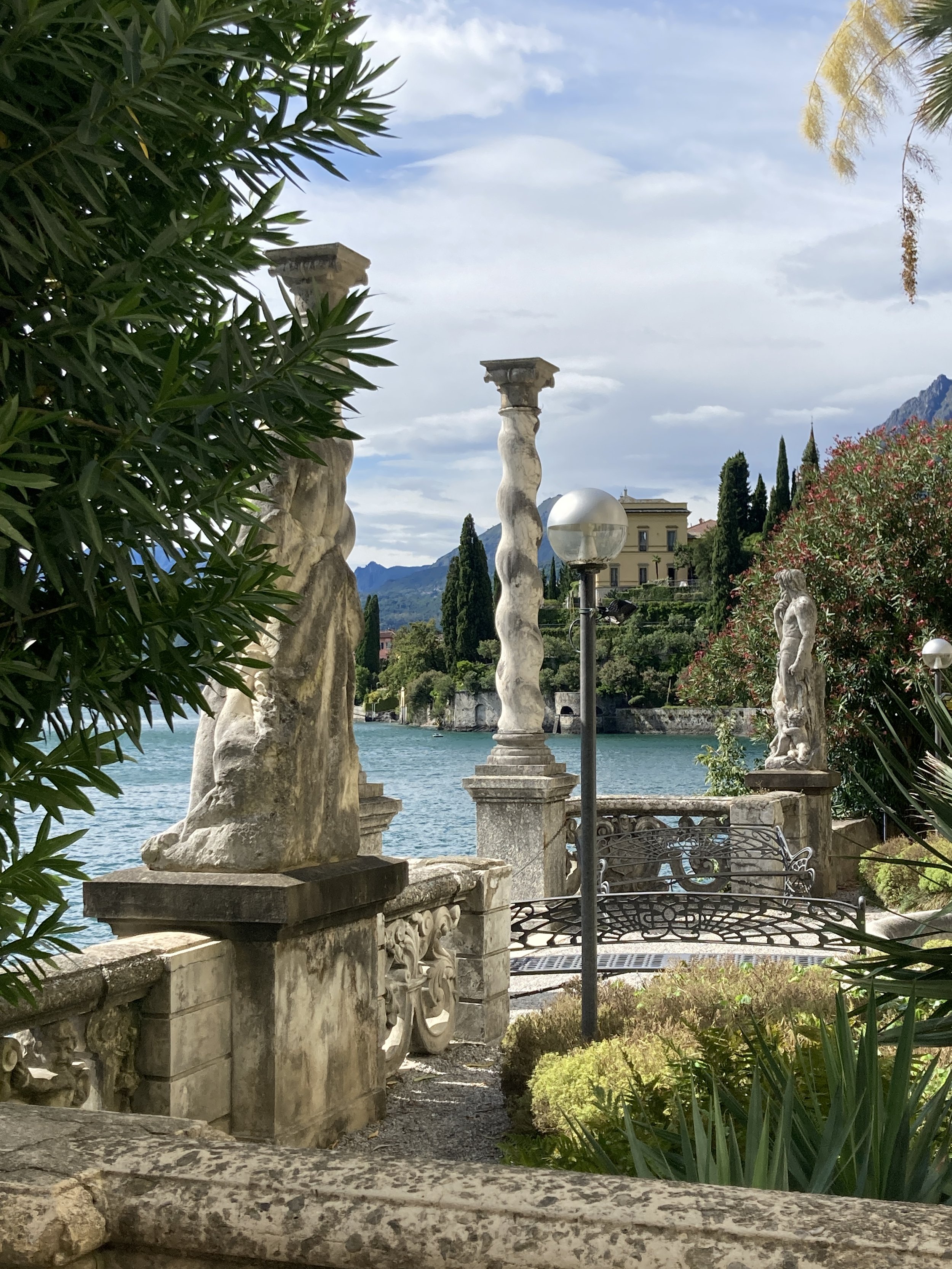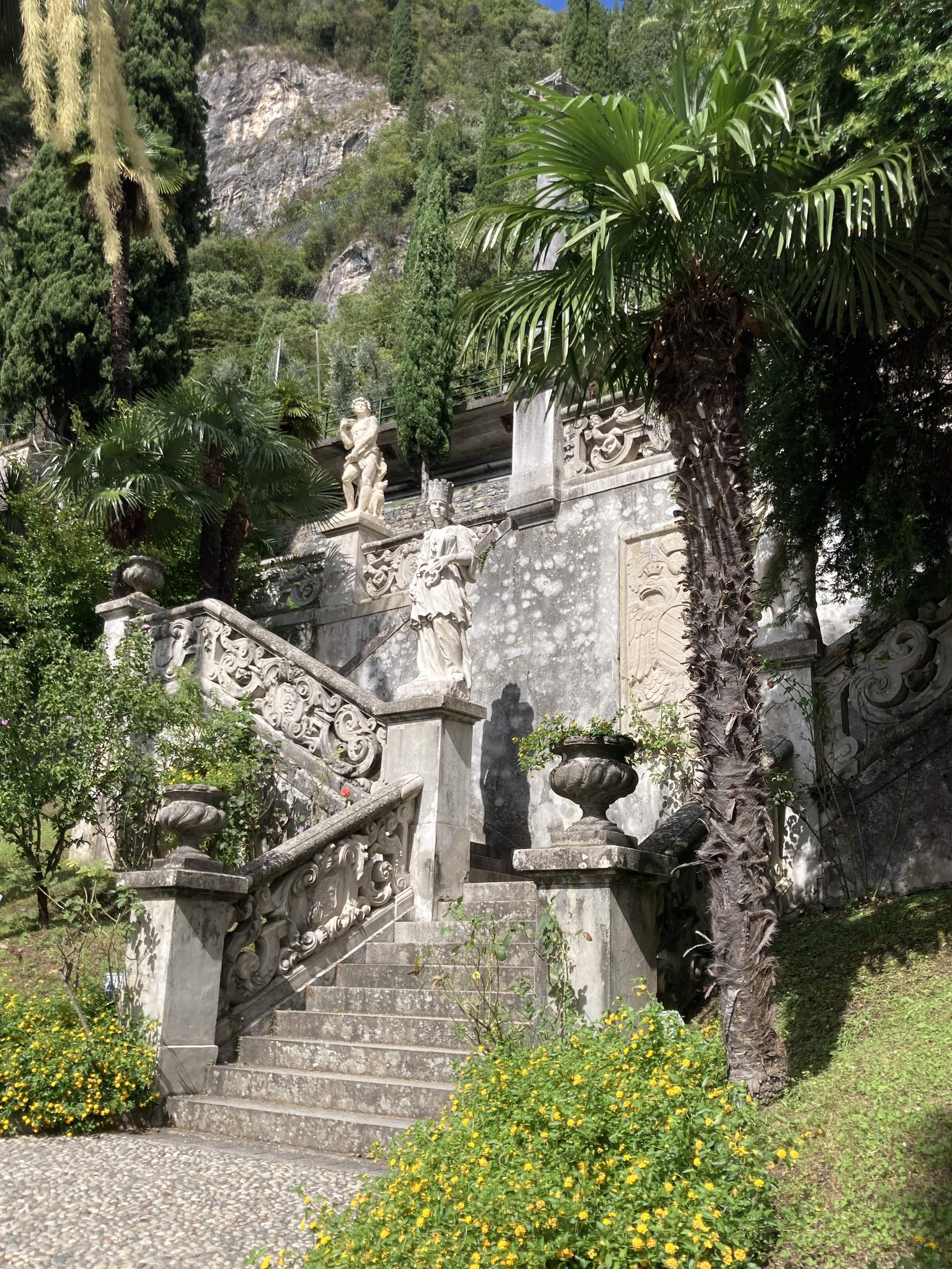Winter Reading, Italian Stories
January has finally dragged itself into February on its slow crawl out of winter. Is it just me or did last month seem unusually dreary? And long. I spent all of January in New Mexico so I can’t speak for the weather anywhere else, but in New Mexico it was cloudy, gray, and drizzly for days on end which is quite unusual here in the land of sunshine. Two light snowfalls were pretty but cold.
Pontremoli, a city where books are everywhere.
Dreary winter days are perfect for sitting with a cup of coffee and reading a good book. When I am away from Italy, as I have been for the last 6 weeks or so, I find myself drawn to books set in Italy. There are endless choices – memoirs, travel diaries, historical pieces.
There are Donna Leon mysteries and Camilleri’s Inspector Montalbano. Who hasn’t fallen under the spell of A Room With a View or Enchanted April? More recent books have been best sellers - Under the Tuscan Sun and My Brilliant Friend (though I admit I struggled a bit through that one) - come to mind. Perhaps Umberto Eco’s Name of the Rose or Giovanni Boccaccio’s Decameron (which I found my grandson reading recently) is on your reading list. The list could go on and on.
I am currently enjoying two series that may not be as universally known. Both are by contemporary authors. The two series are quite different, but if you love Italy, and especially Tuscany, then I recommend them as perfect for winter reading.
Don’t you love it when a novel takes you to a familiar location in Tuscany ?
The first is a series of historical novels by the art historian Laura Morelli. Her well-researched novels intertwine Italian art, craftsmanship, long-ago artists, and history in compelling reads. Through her writing I have sat by Da Vinci’s side as he painted, walked with Lisa Gheradini through Florence, hid vanities from Savonarola, and worked alongside a gondola craftsman in Venice. Parts of her novels are set in 15th and 16th century Italy, but the stories often move between time periods - from Renaissance era Italy to World War II when Italian masterpieces were being hidden from, or acquired by, the Nazis. If not familiar with her books, The Stolen Lady, which revolves around the painting of the Mona Lisa and life in Florence during that time period, and how the painting was hidden during WWII, is a great place to start. If Venice calls to you, then The Gondola Maker will transport you to the 16th century workshop of a family of gondola craftsman.
A very different series is written by Camilla Trinchieri. Set in the present day, her 3 novels are what the Italians call gialli. The word giallo literally means “yellow” (the plural is gialli), so called for the yellow covers that were traditionally used for Italian mysteries.
Trinchieri’s protagonist is a very likable retired American cop, widowed and living in the Chianti region. There is an appealing Italian maresciallo (a type of local policeman) stationed in Greve, his endearing young second in command, and a host of interesting Italian characters. Reading these novels are like taking a vacation in Chianti, one where you recognize the towns immediately and feel right at home. Best to read these in order, starting with Murder in Chianti. A 4th book in the series is due out this year, so I am rereading the series this winter in preparation.
What’s next on my reading list? I have just started The Sixteen Pleasures, set in Florence after the big flood of 1966. So far I’ve learned quite a bit about the restoration of water damaged books and an American book conservator volunteering in a convent library. A scandal is just unfolding - a book of erotic drawings hidden away in the convent’s library. I wonder where that will lead?
I head back to Italy soon and there will still be a month of winter ahead. I am looking forward to starting the Bookseller of Florence by Ross King. It is sitting by the reading chair in my Lucca apartment just waiting for me.
Do you have favorite books set in Italy? Please share your favorites on the Two Parts Italy Facebook page. Happy winter reading!

